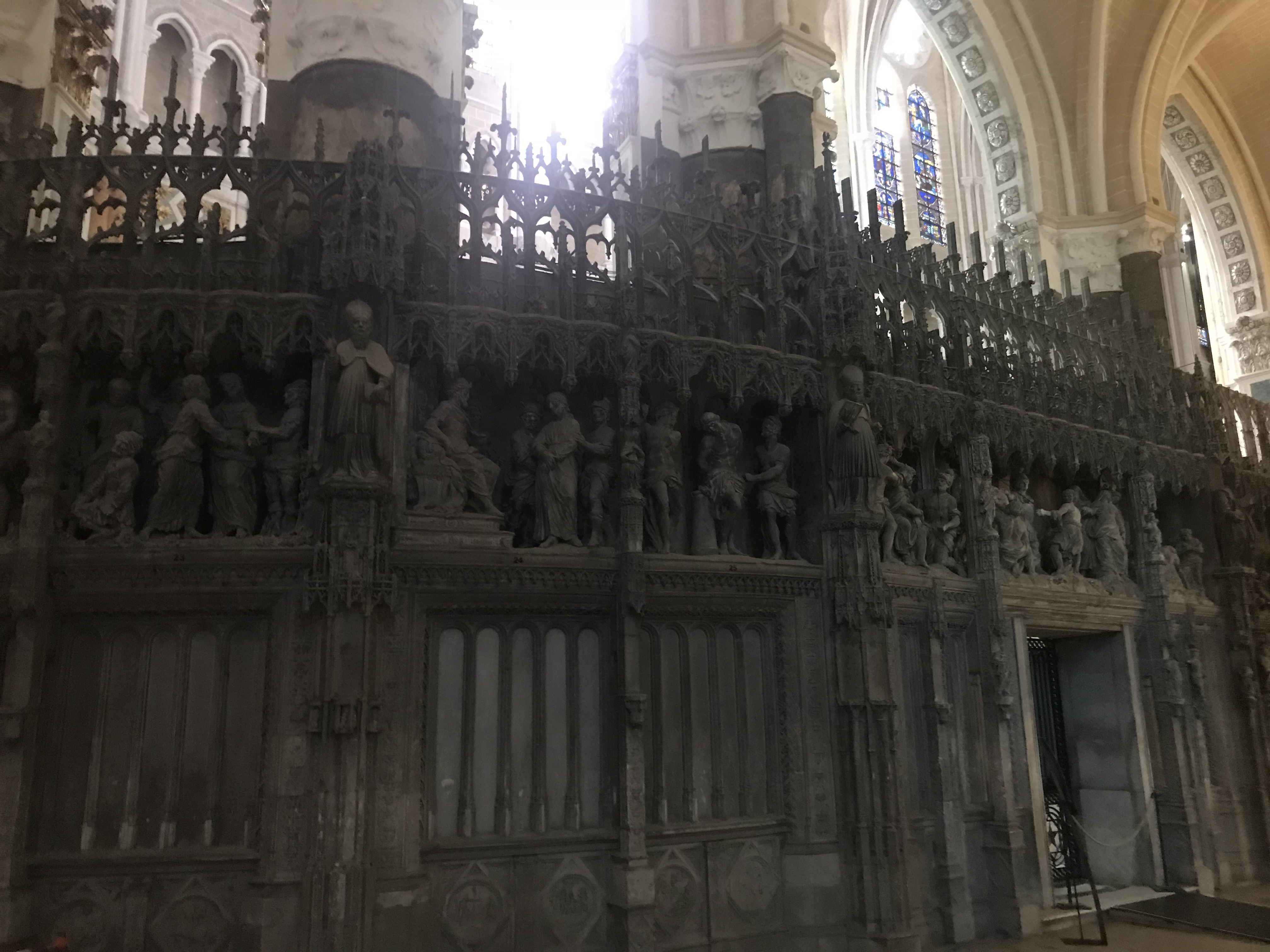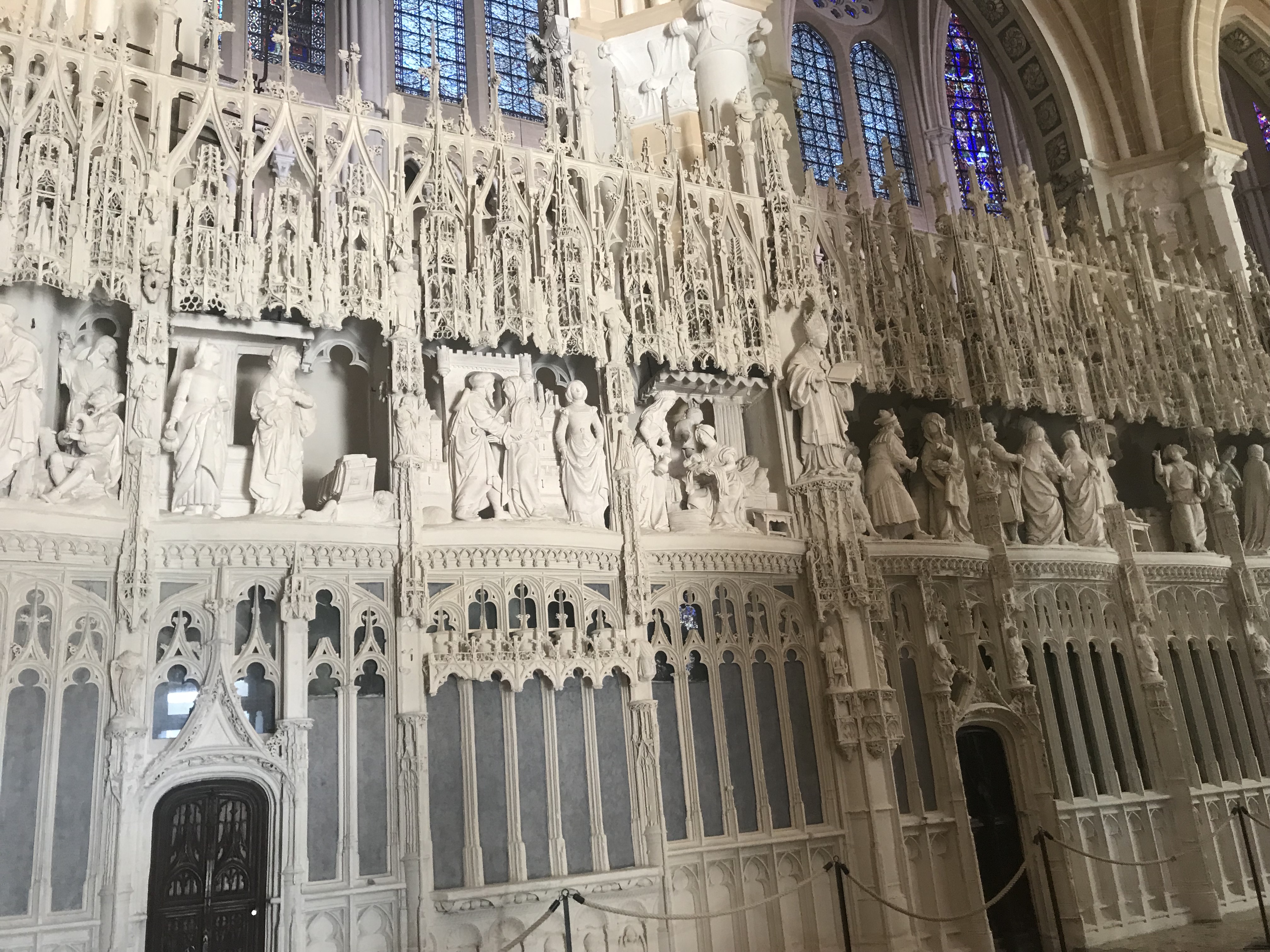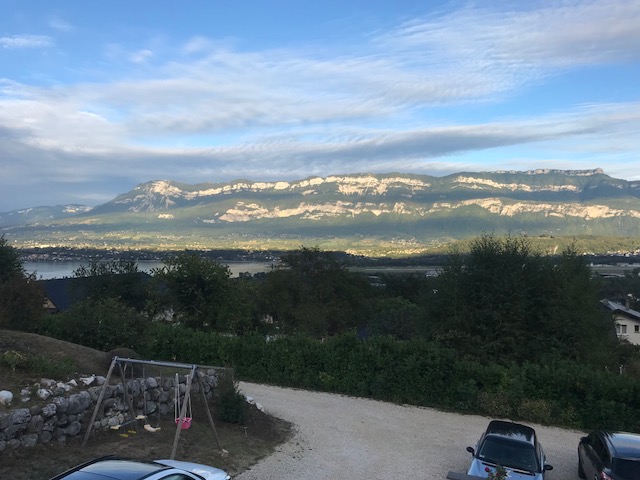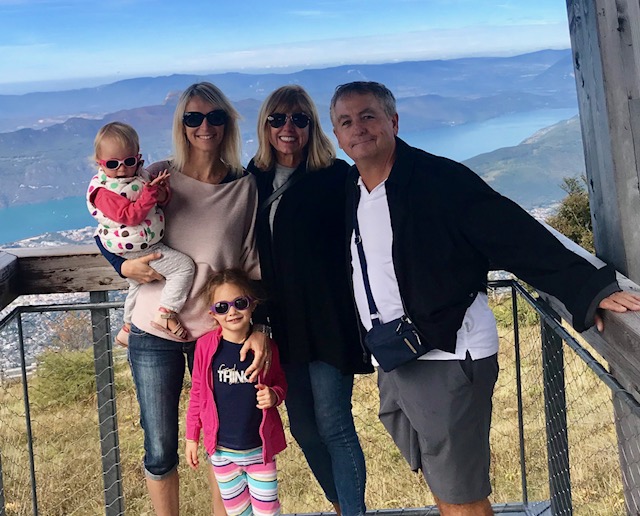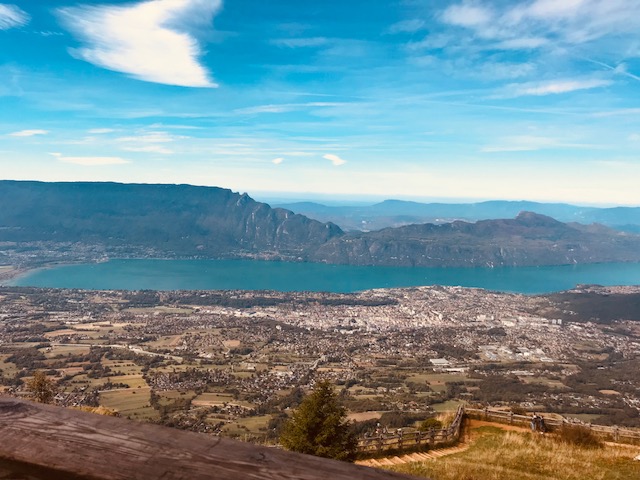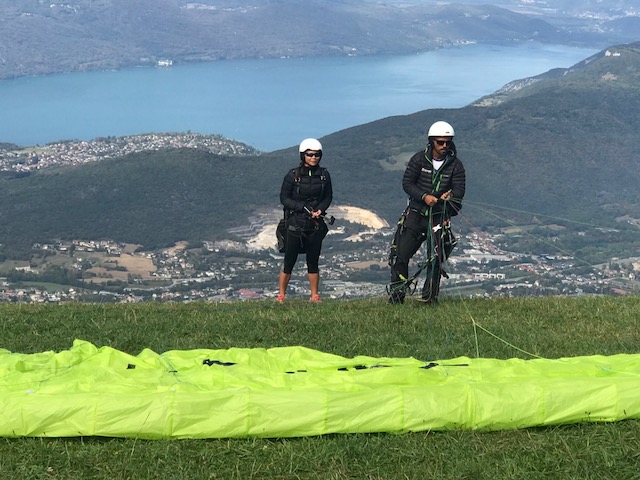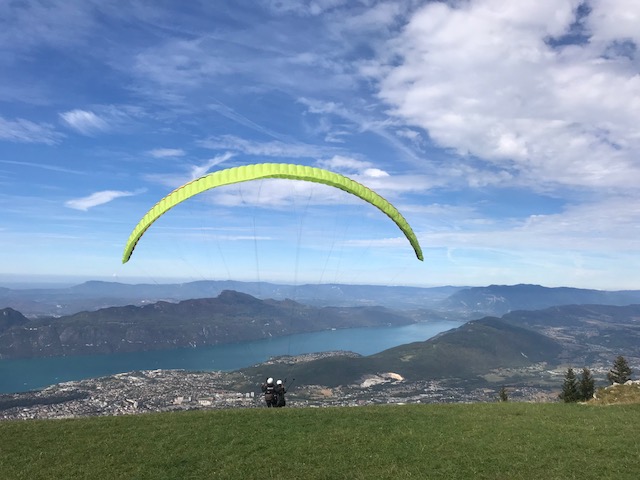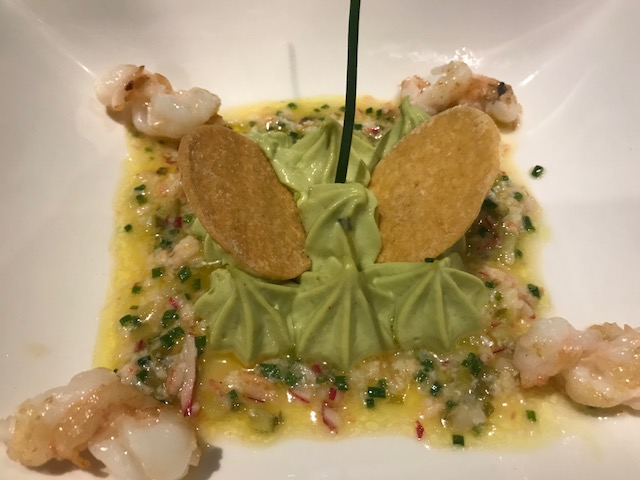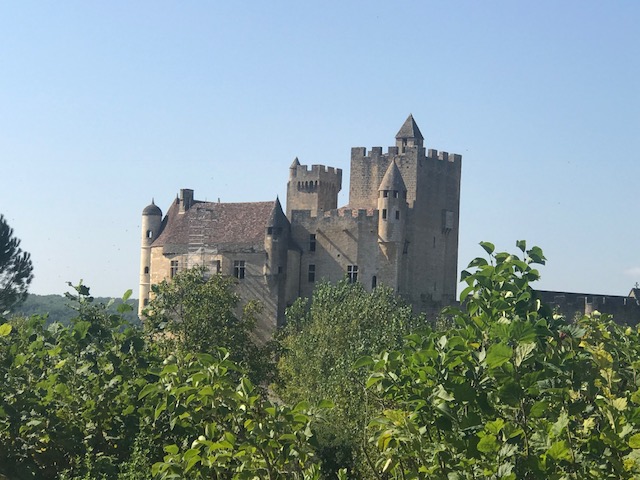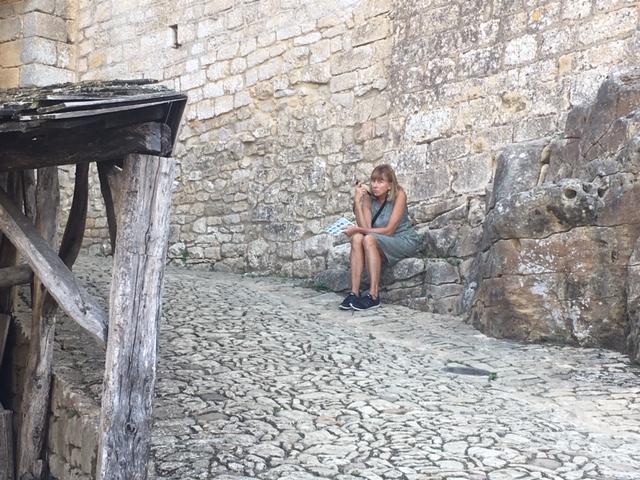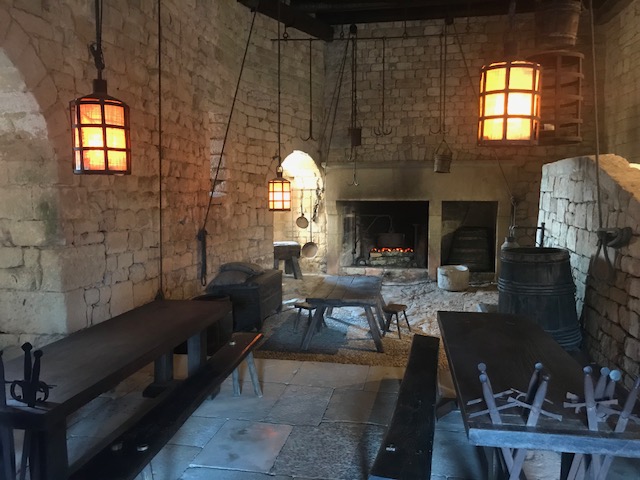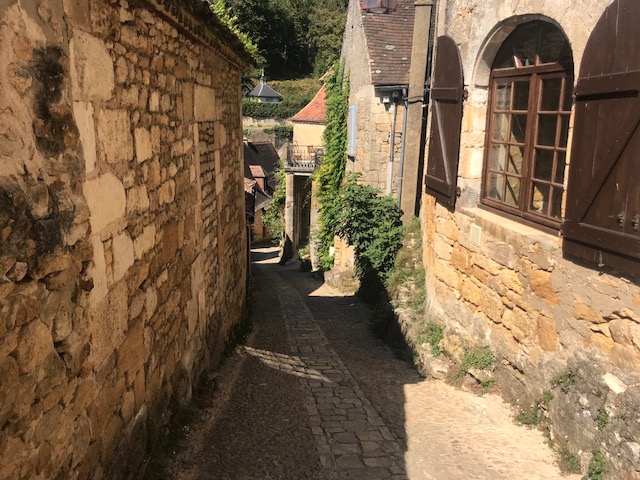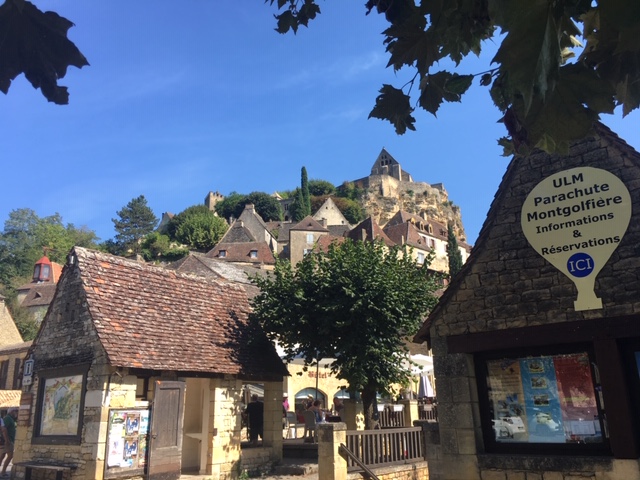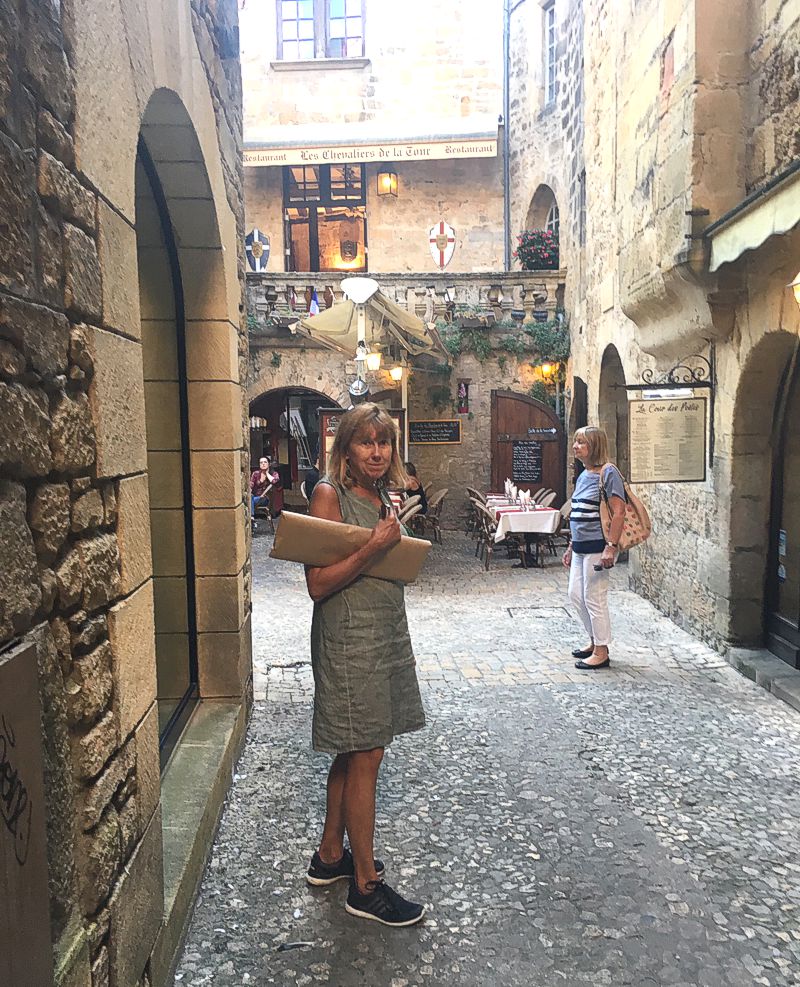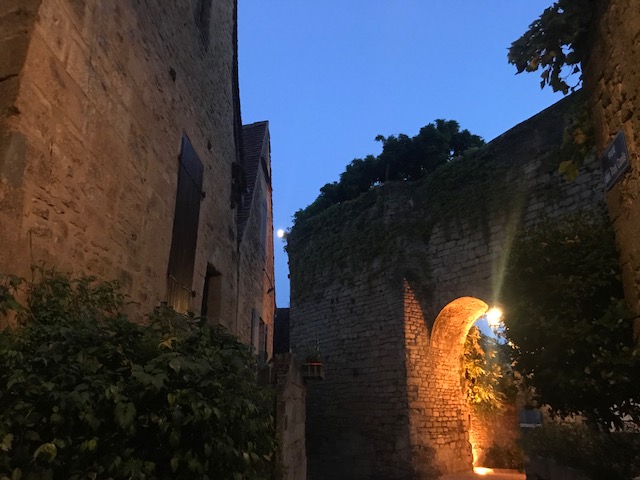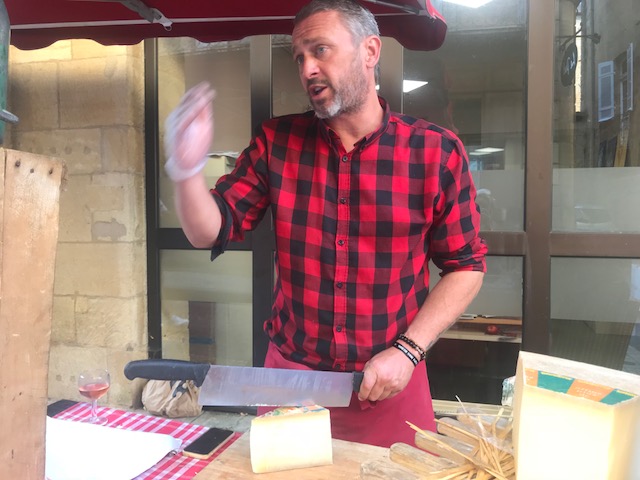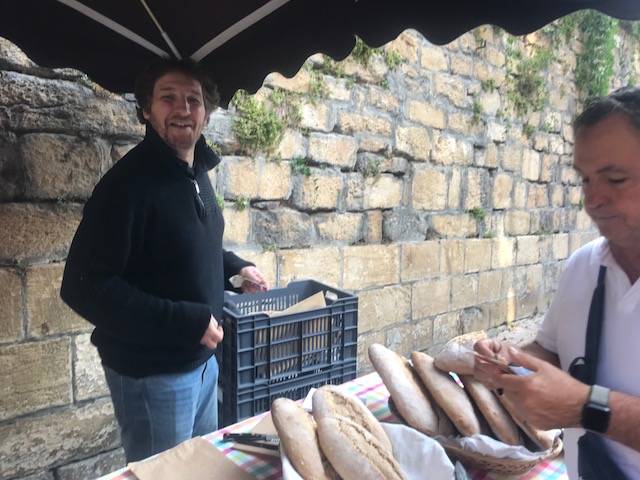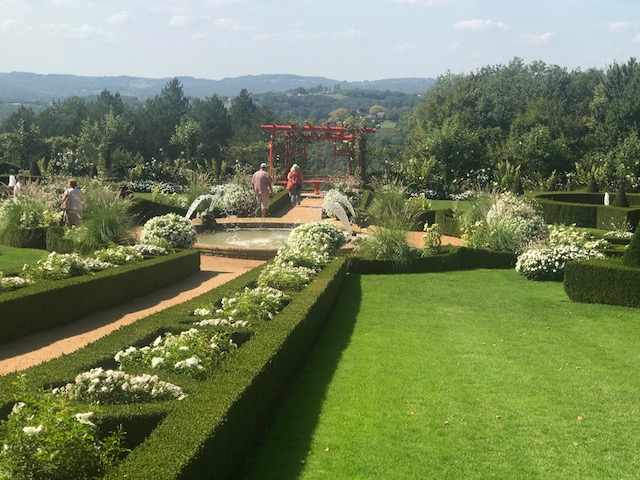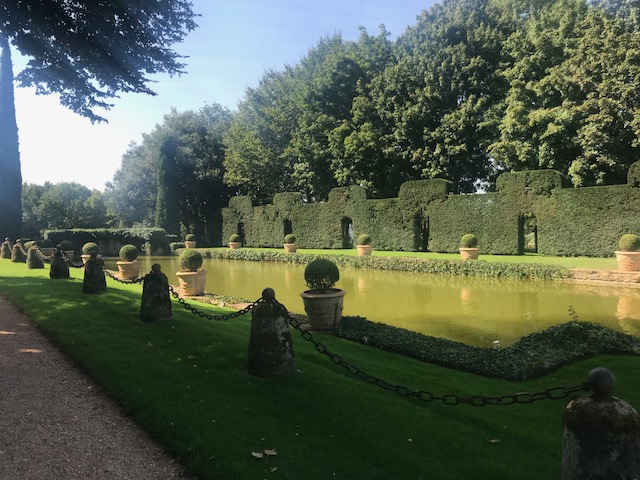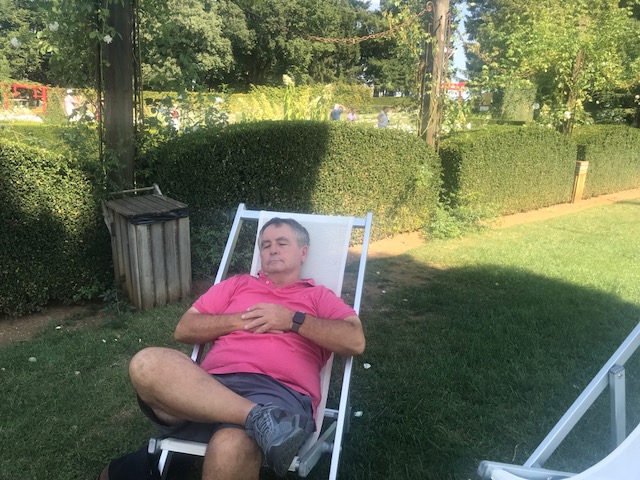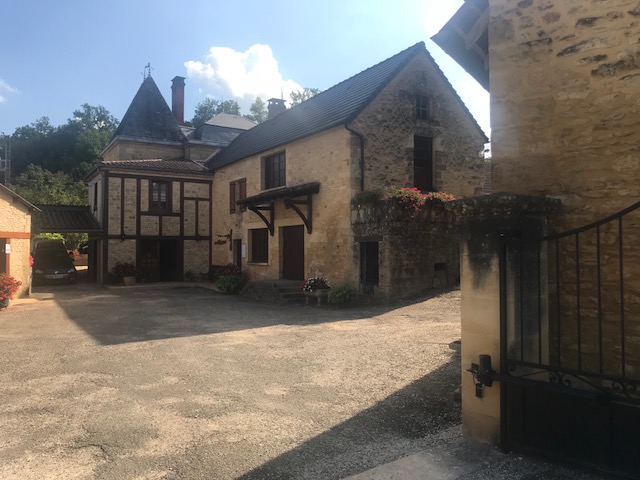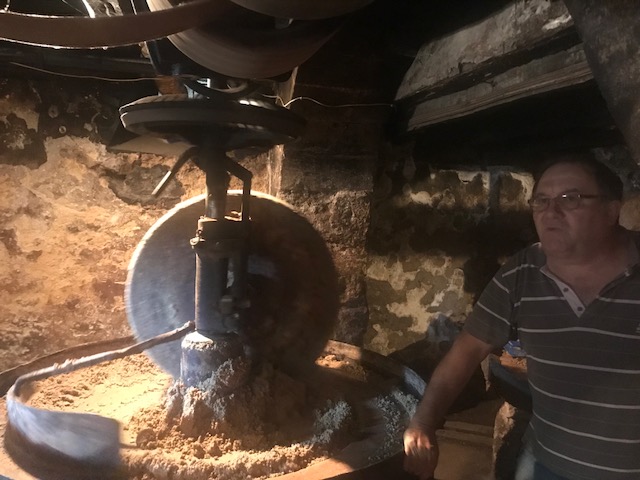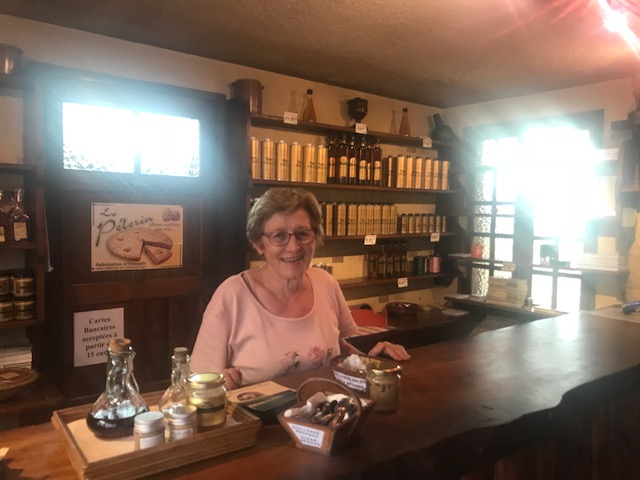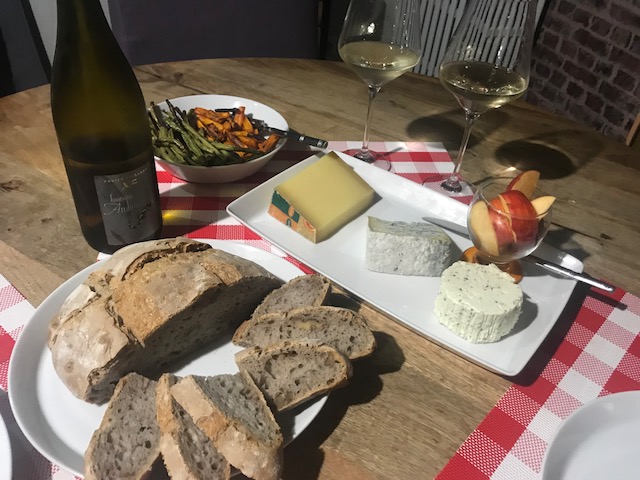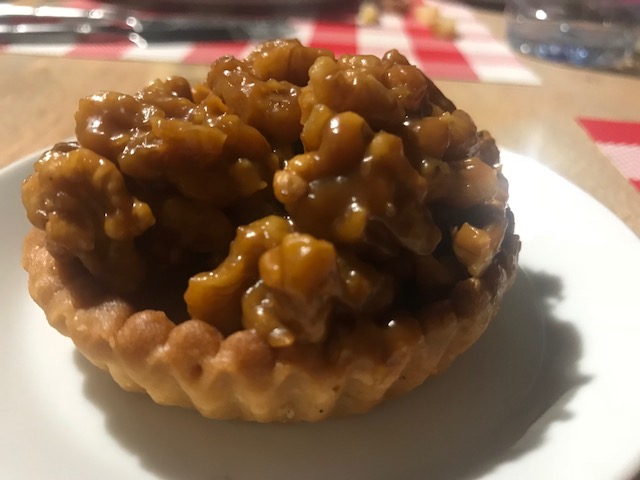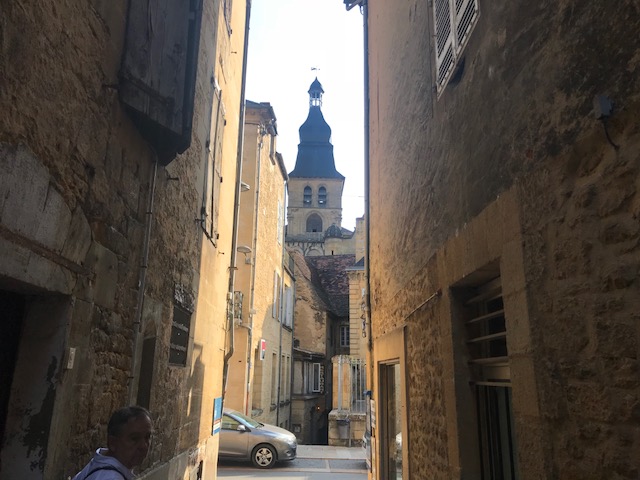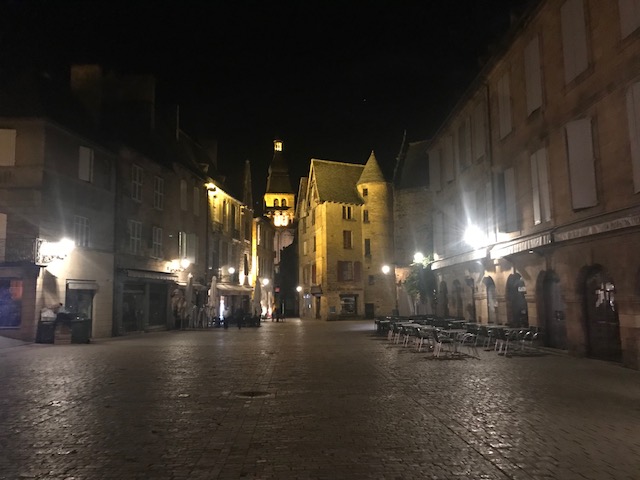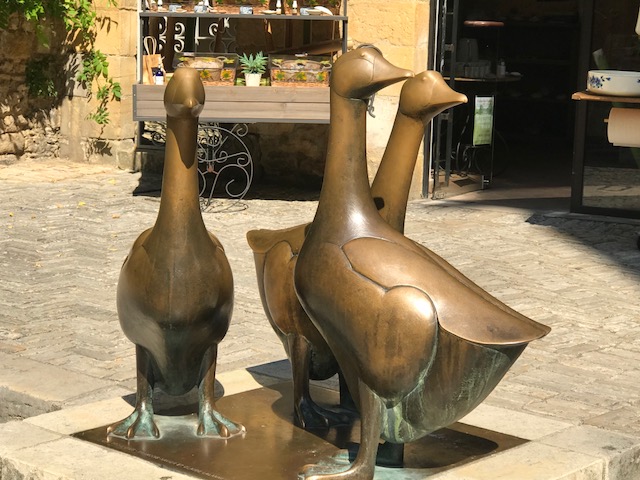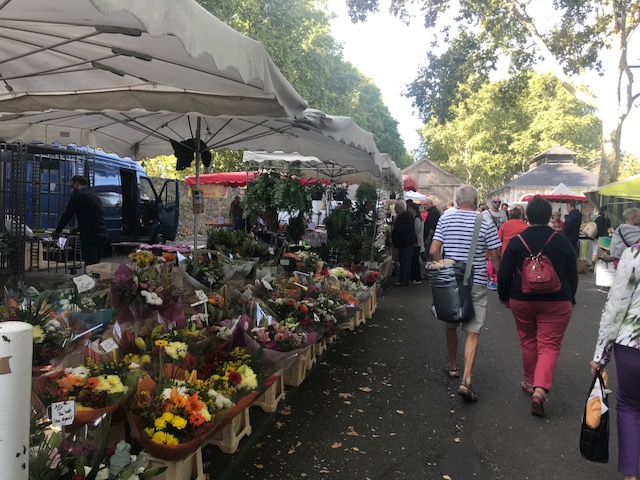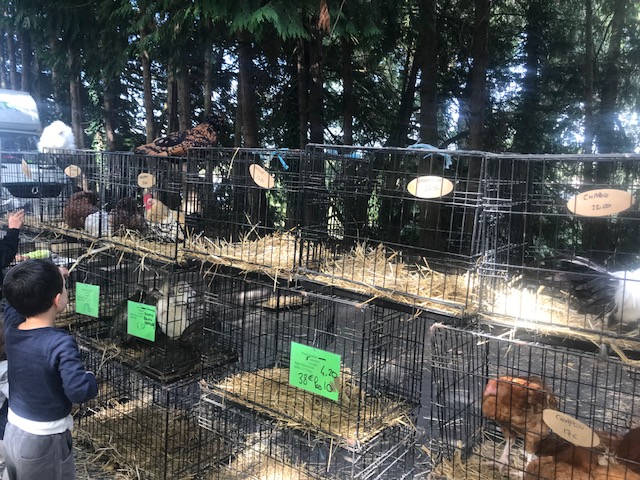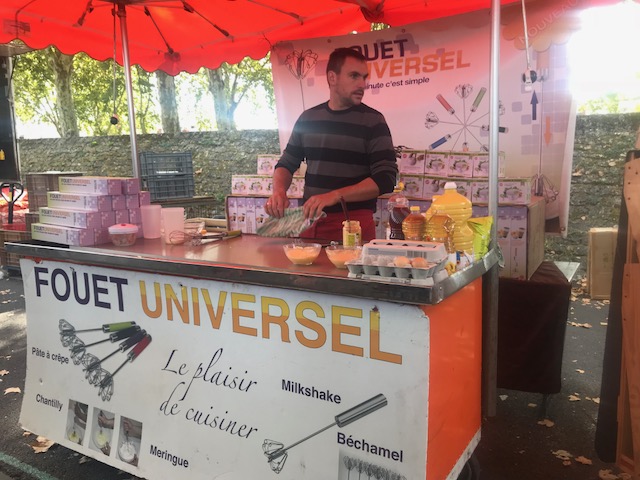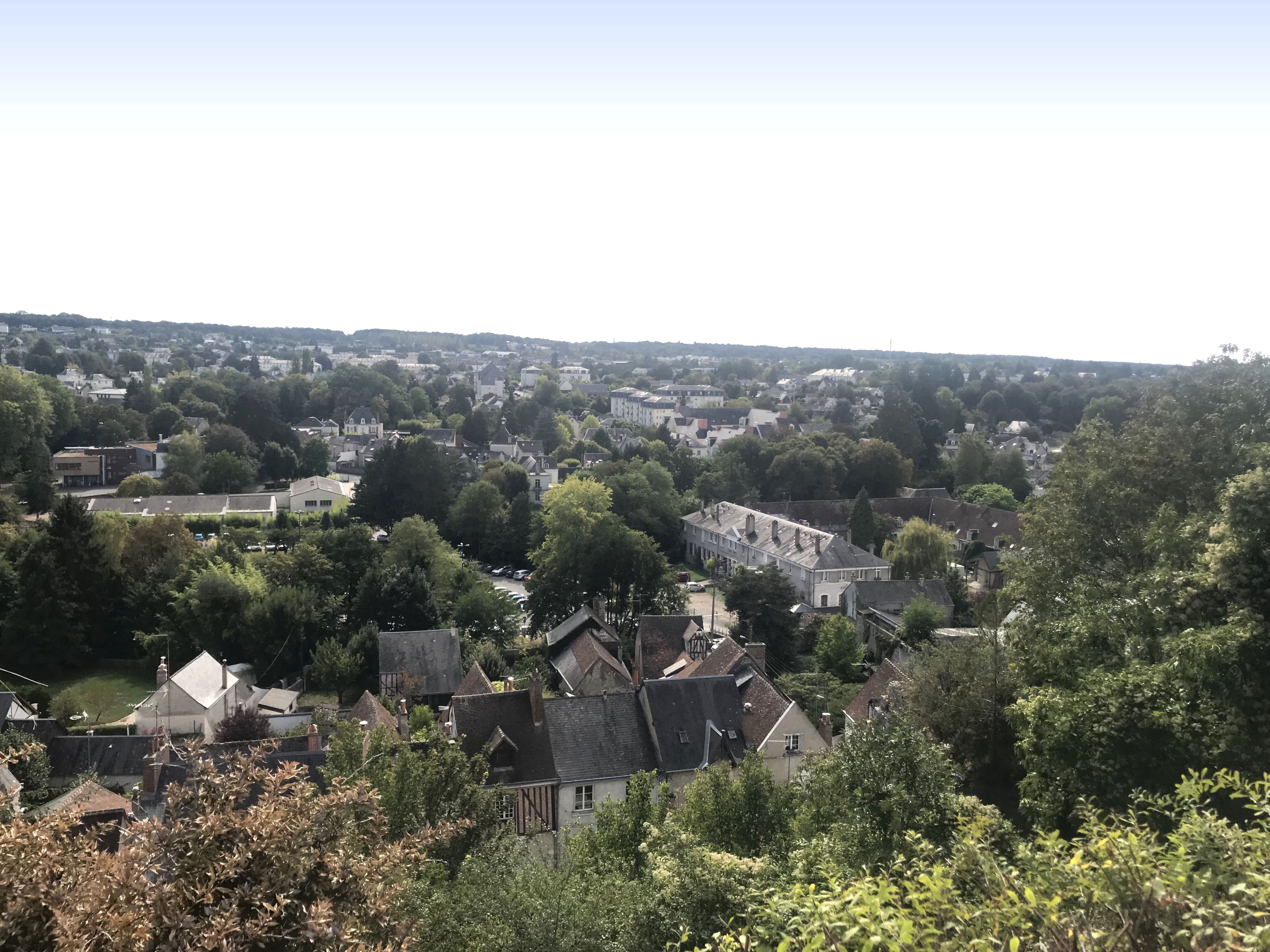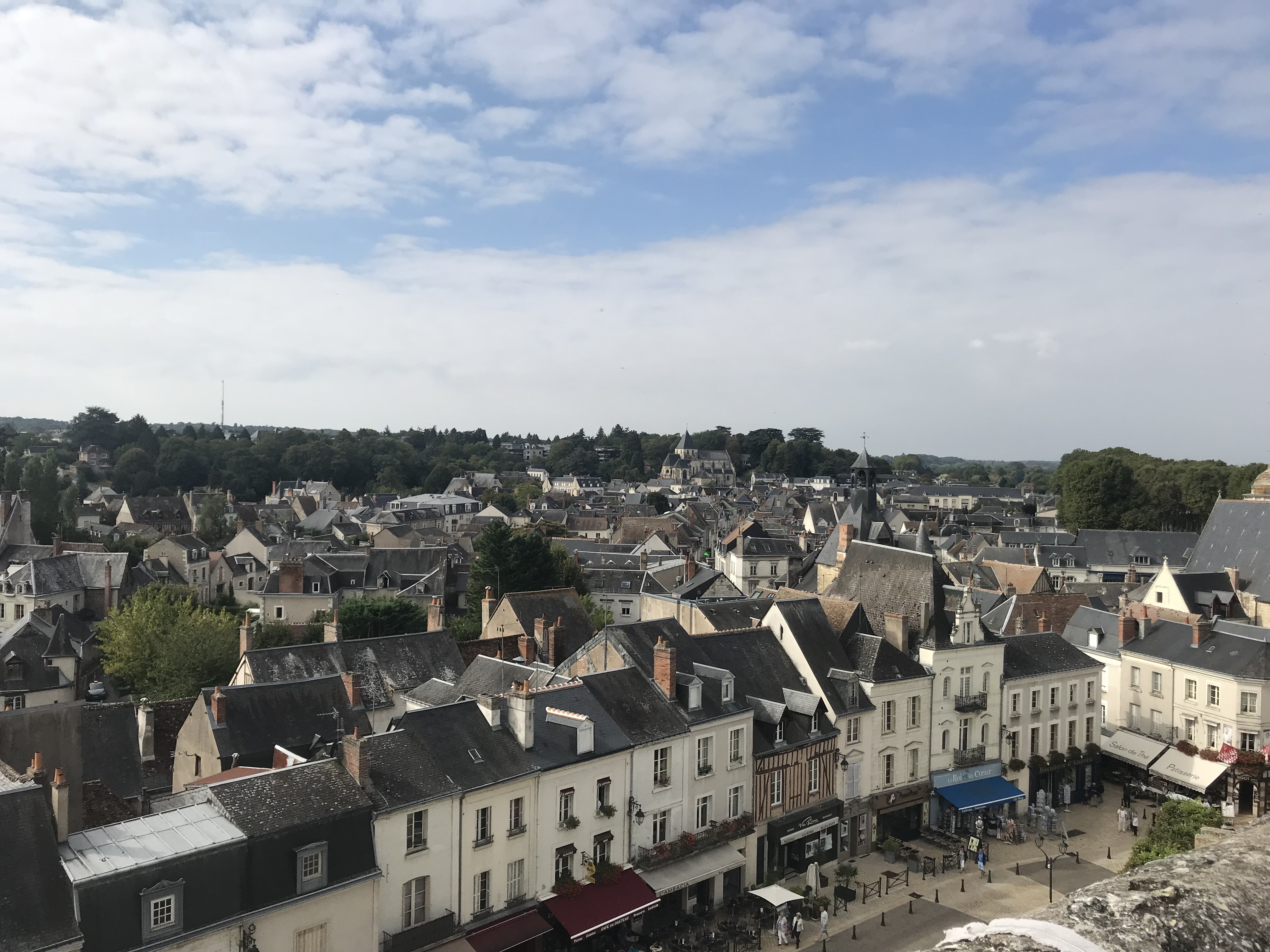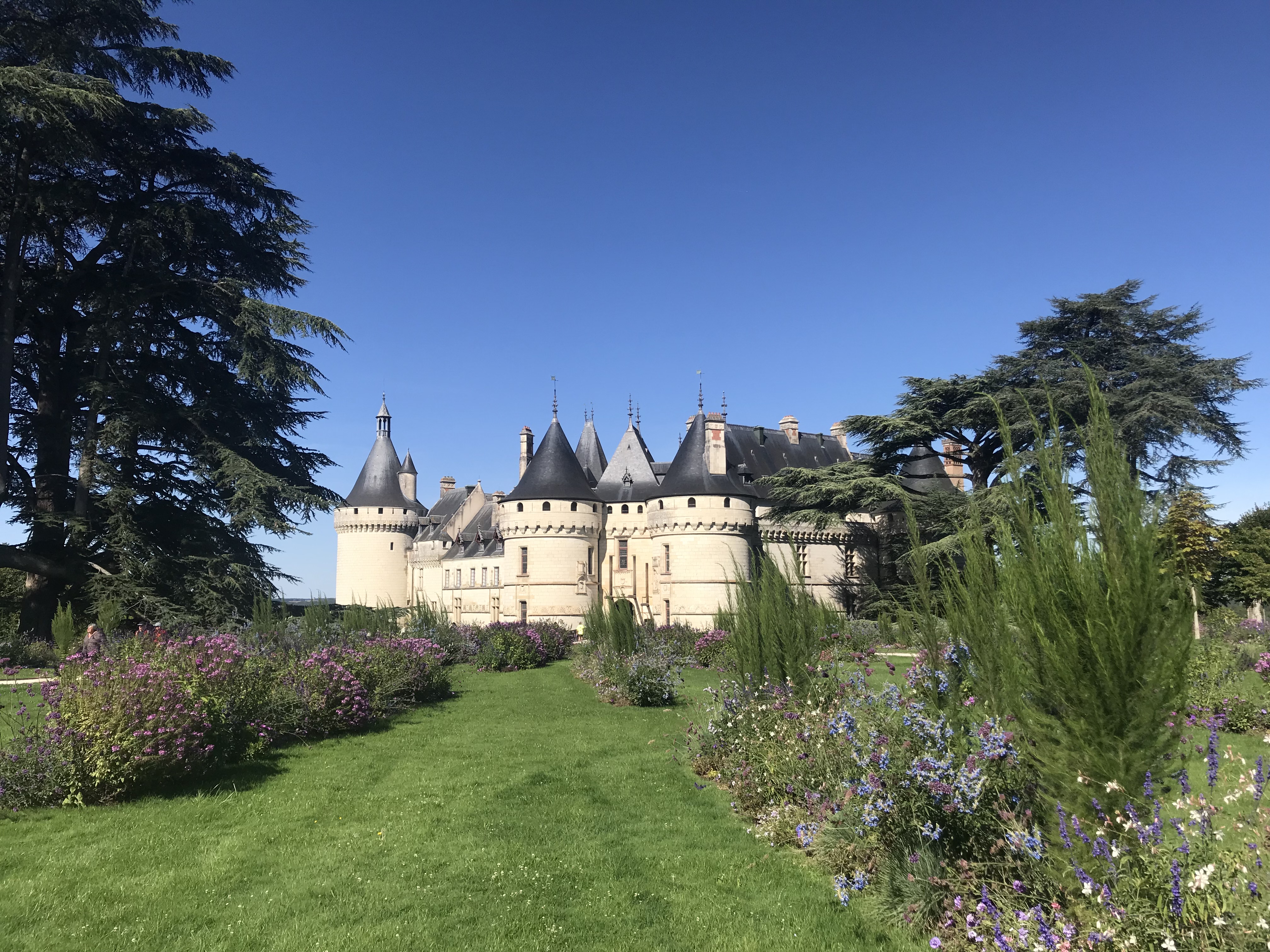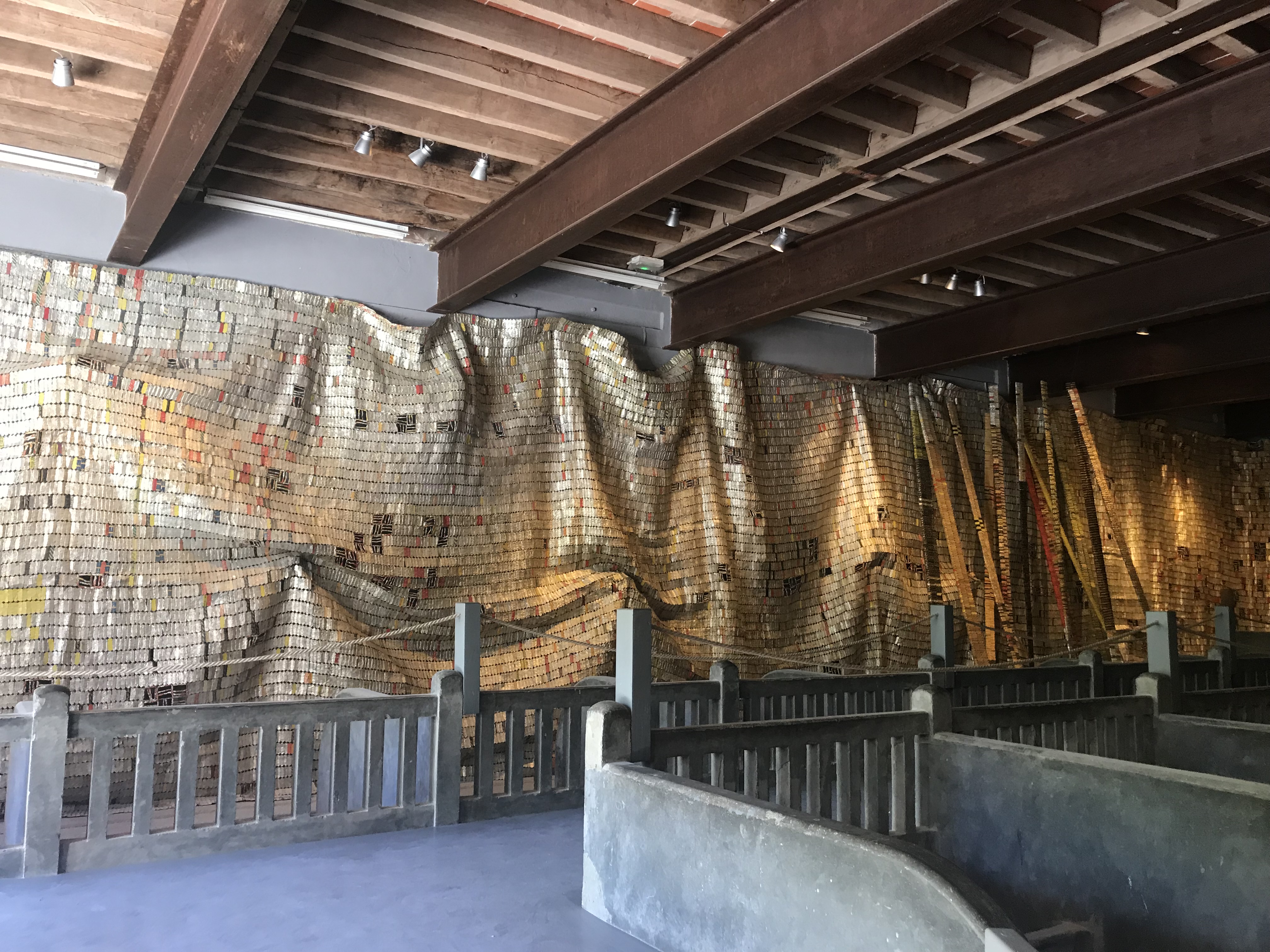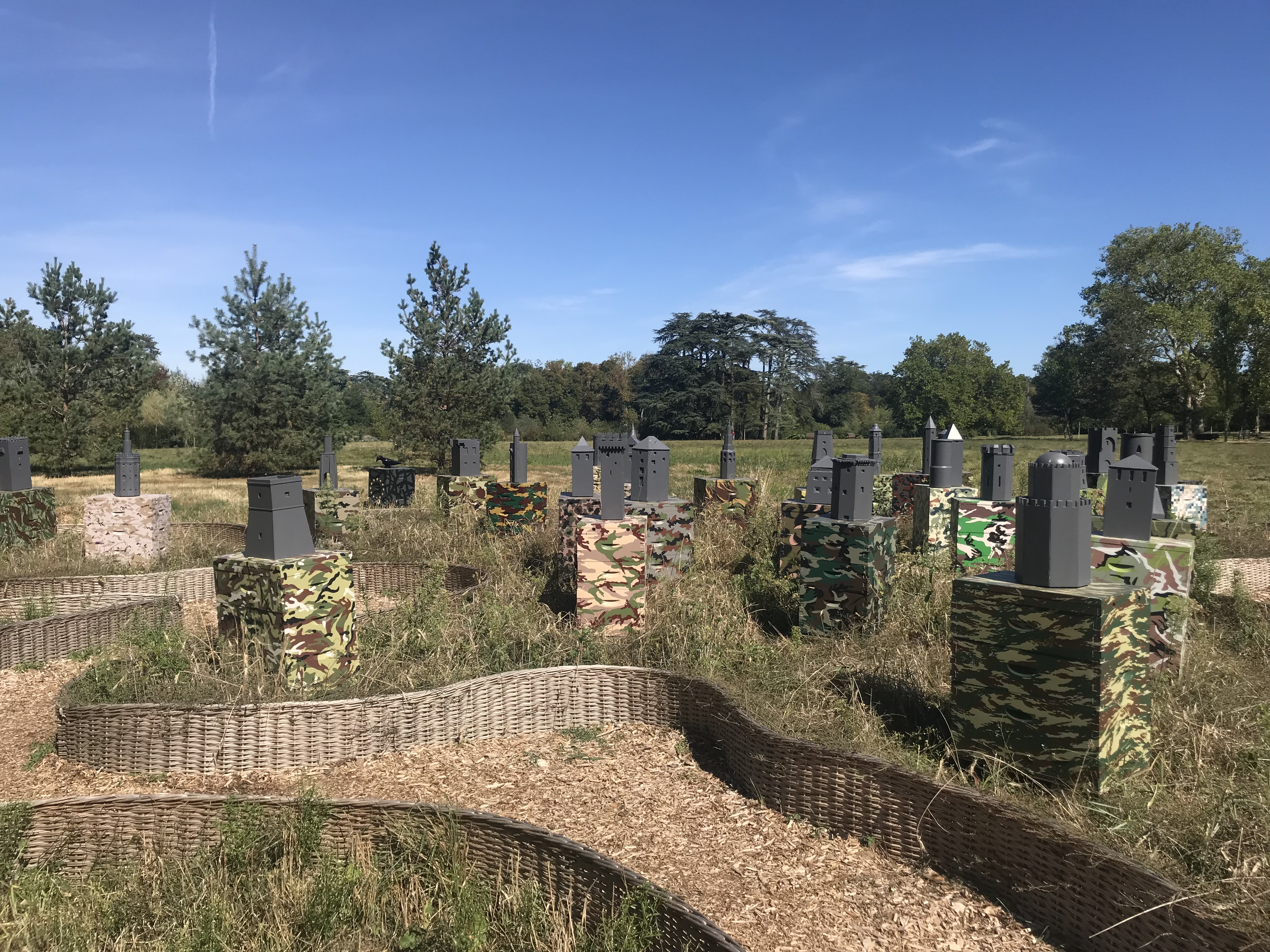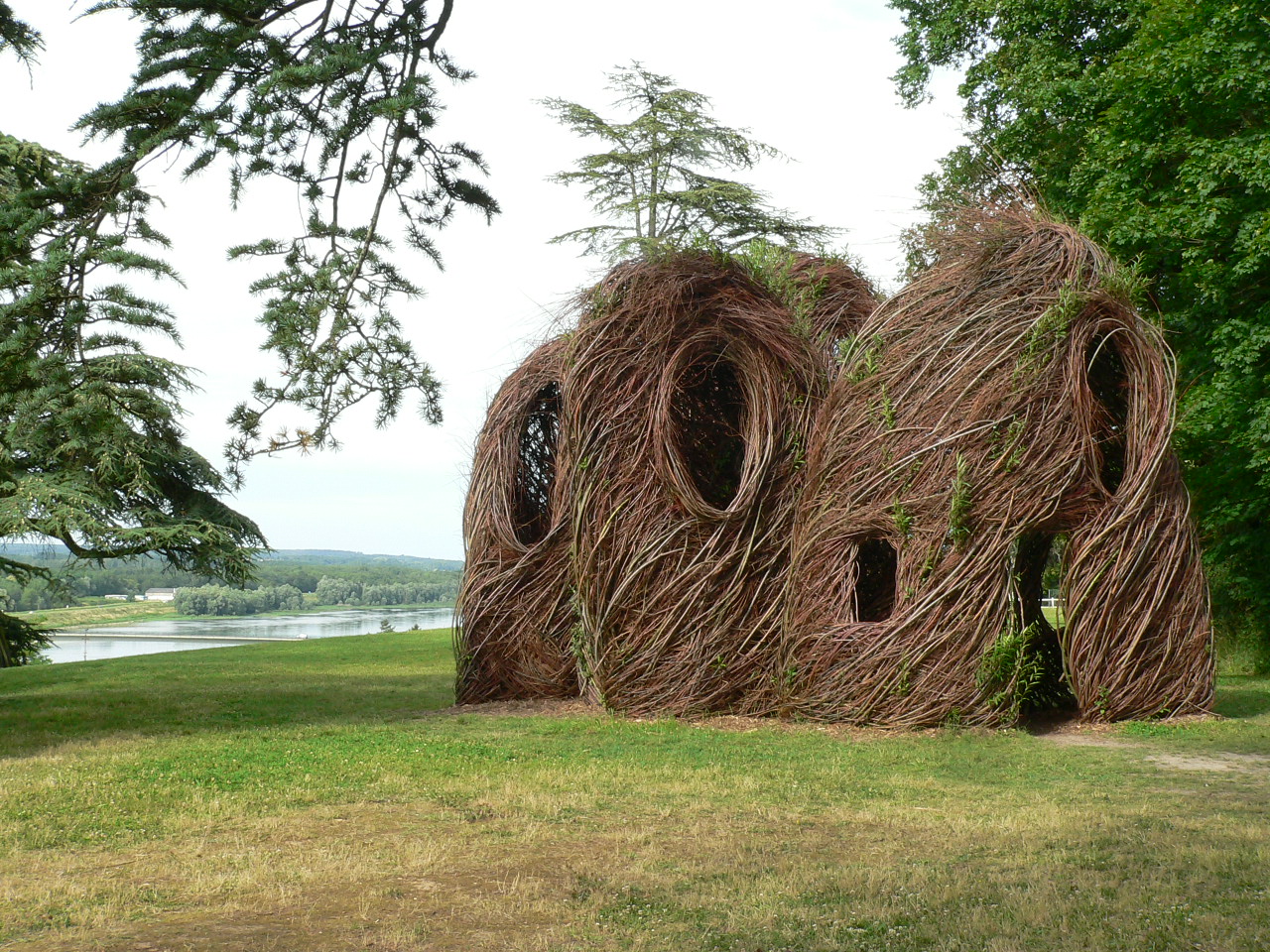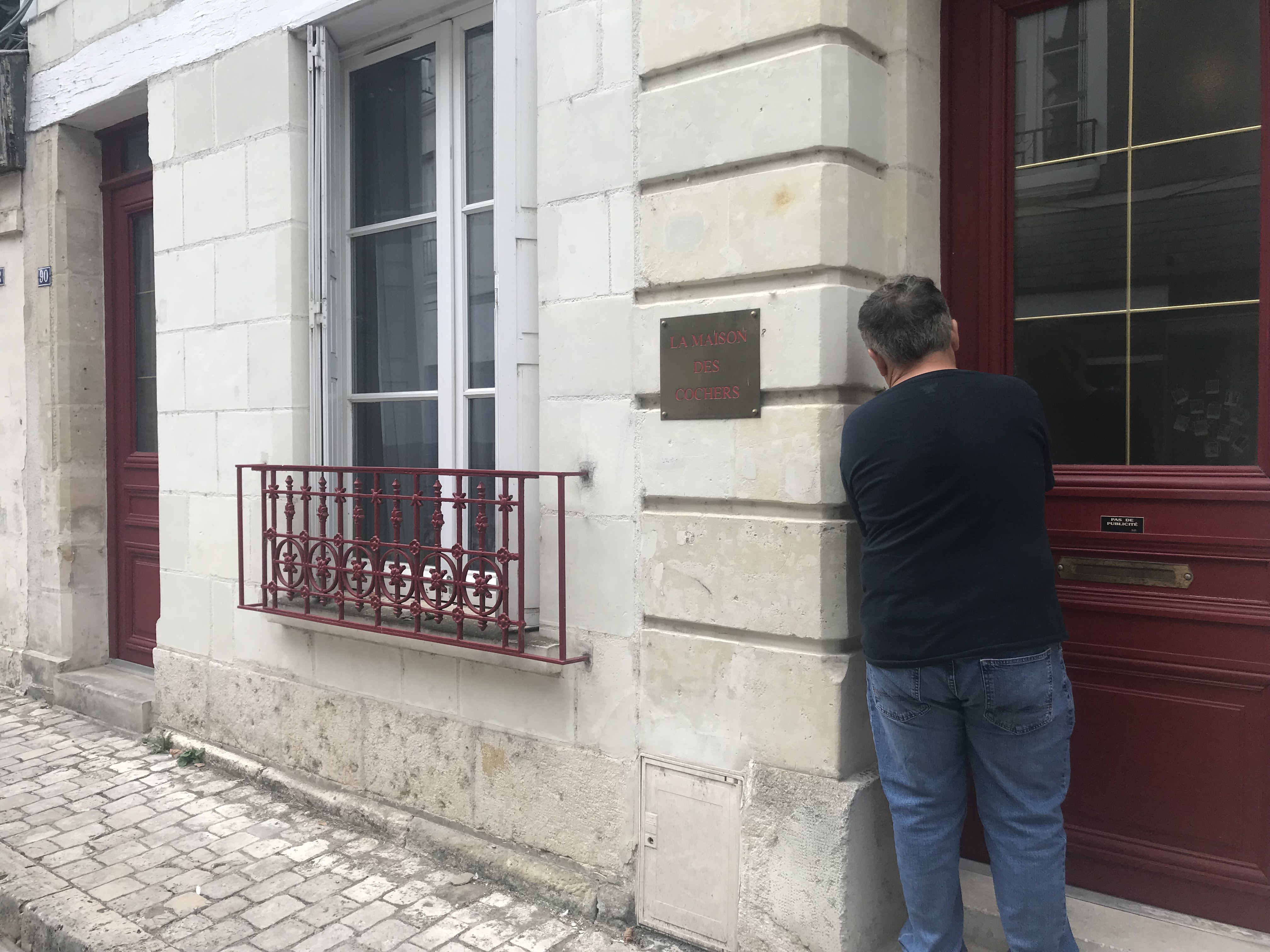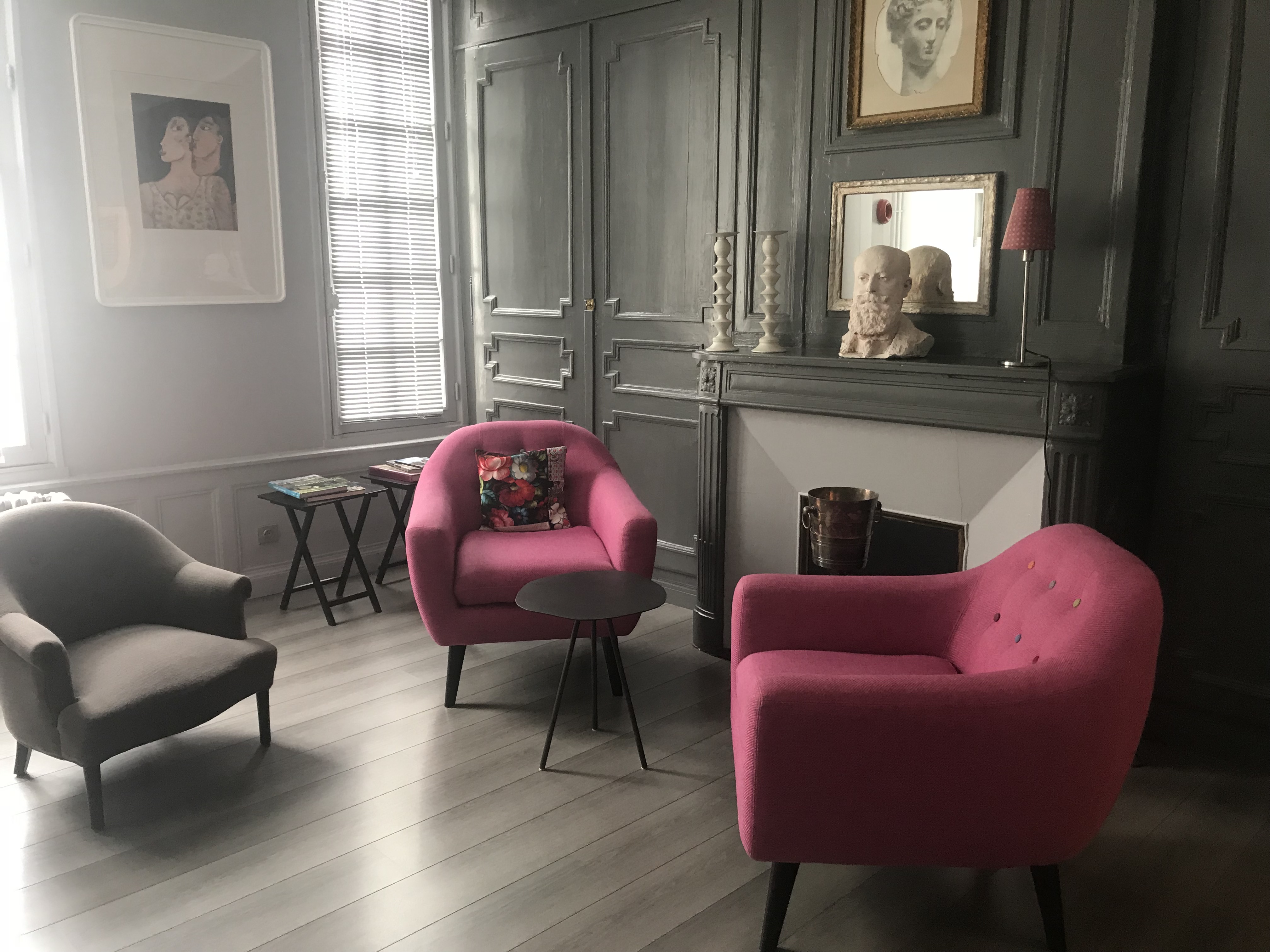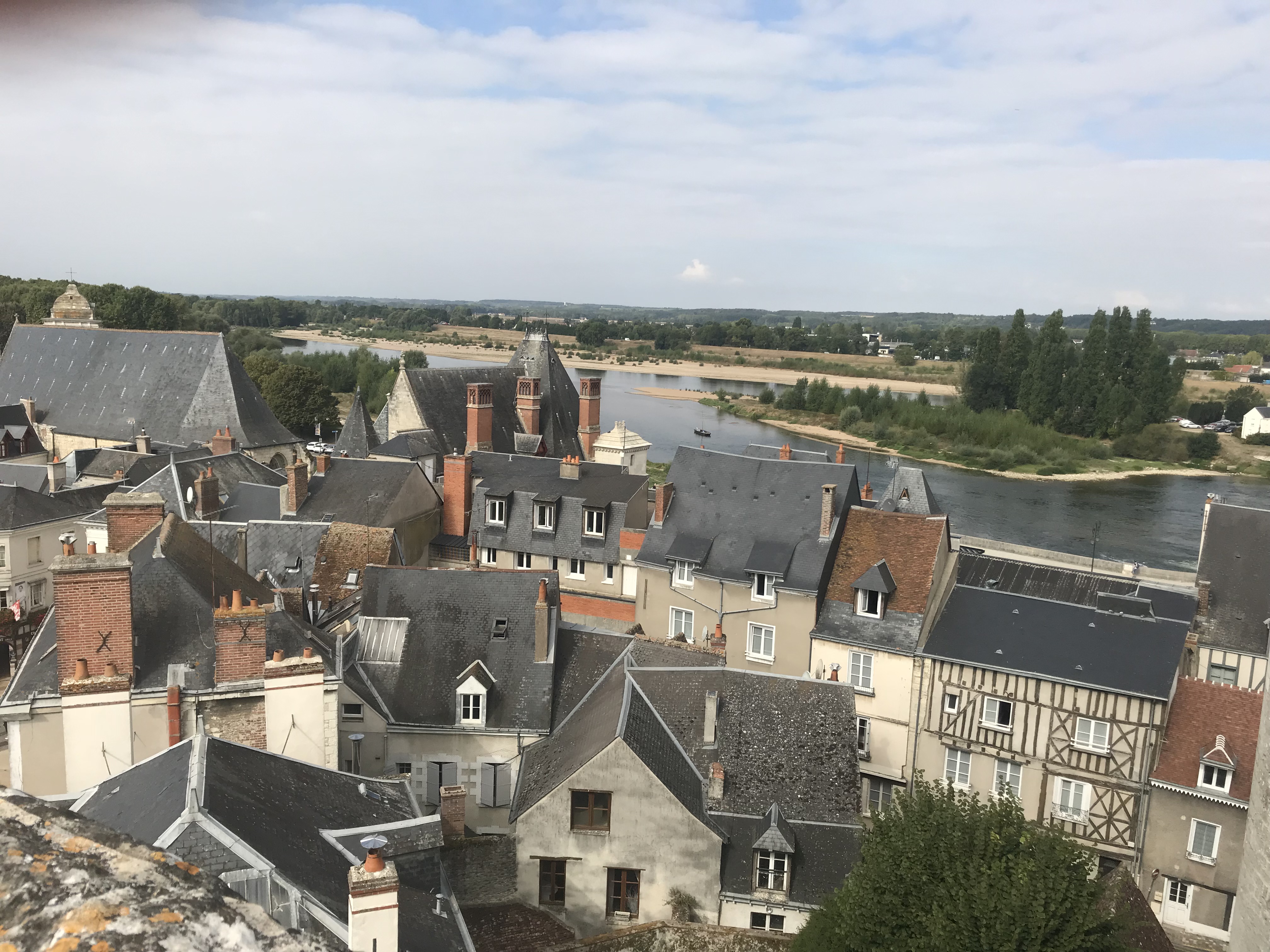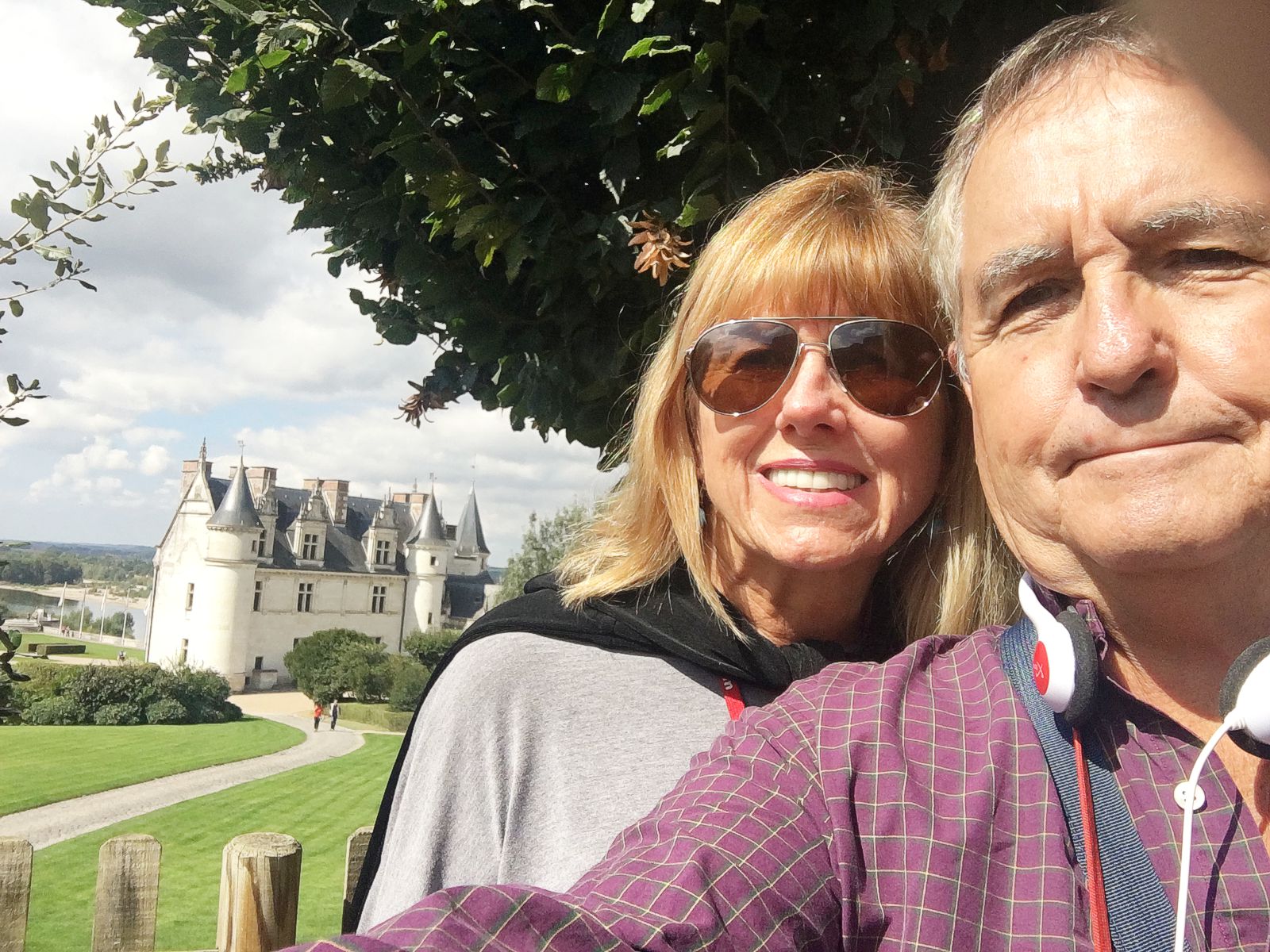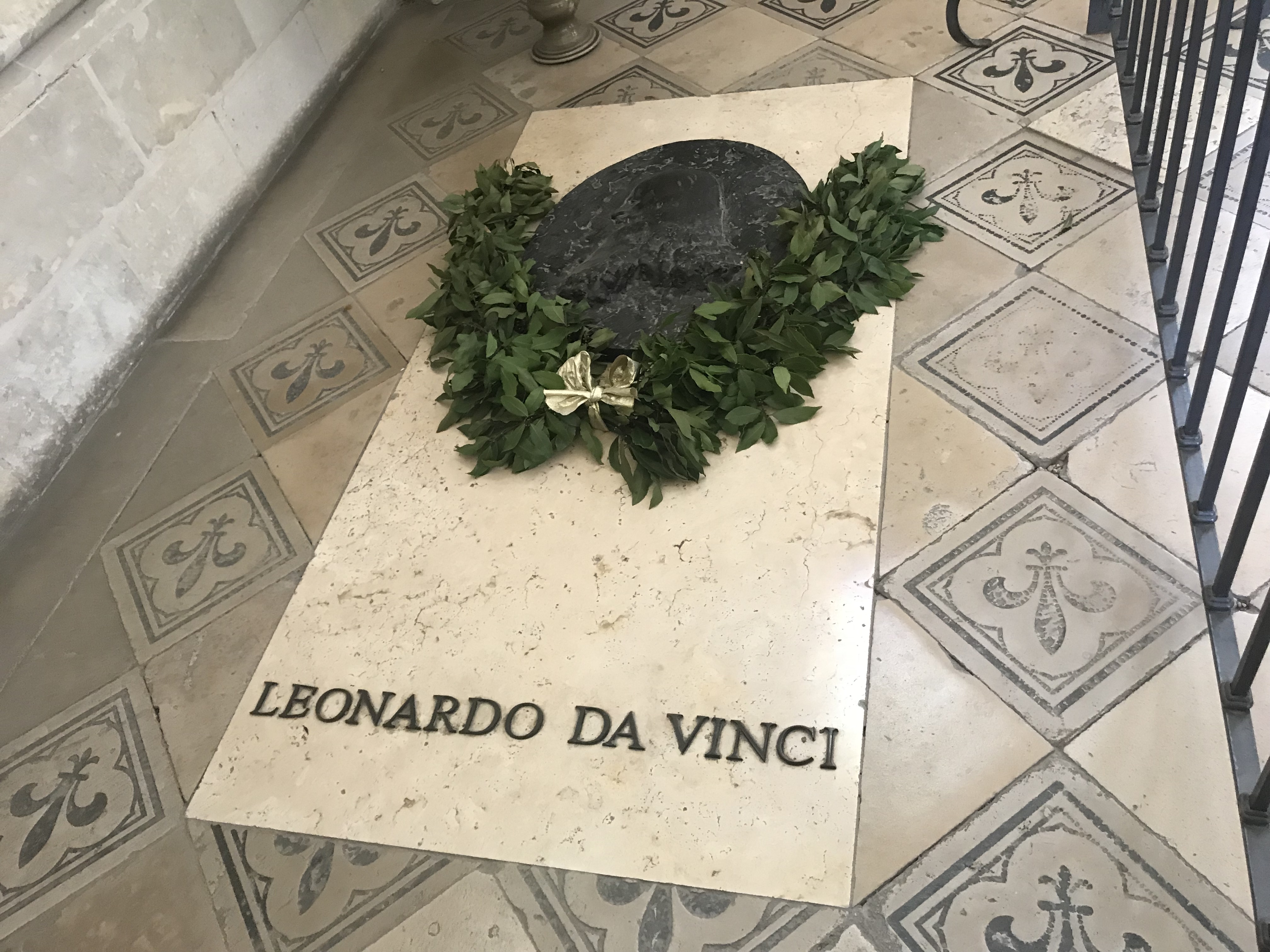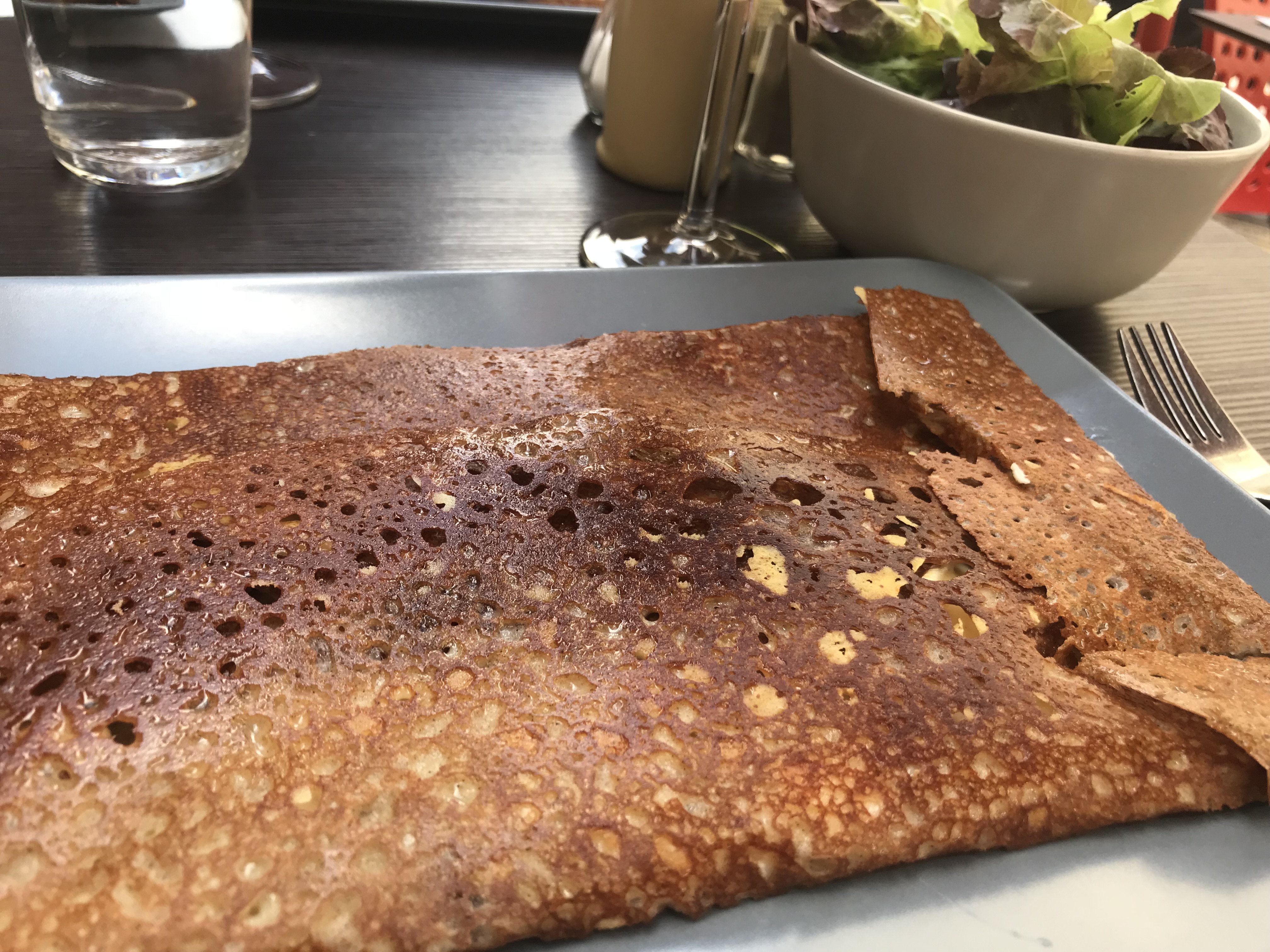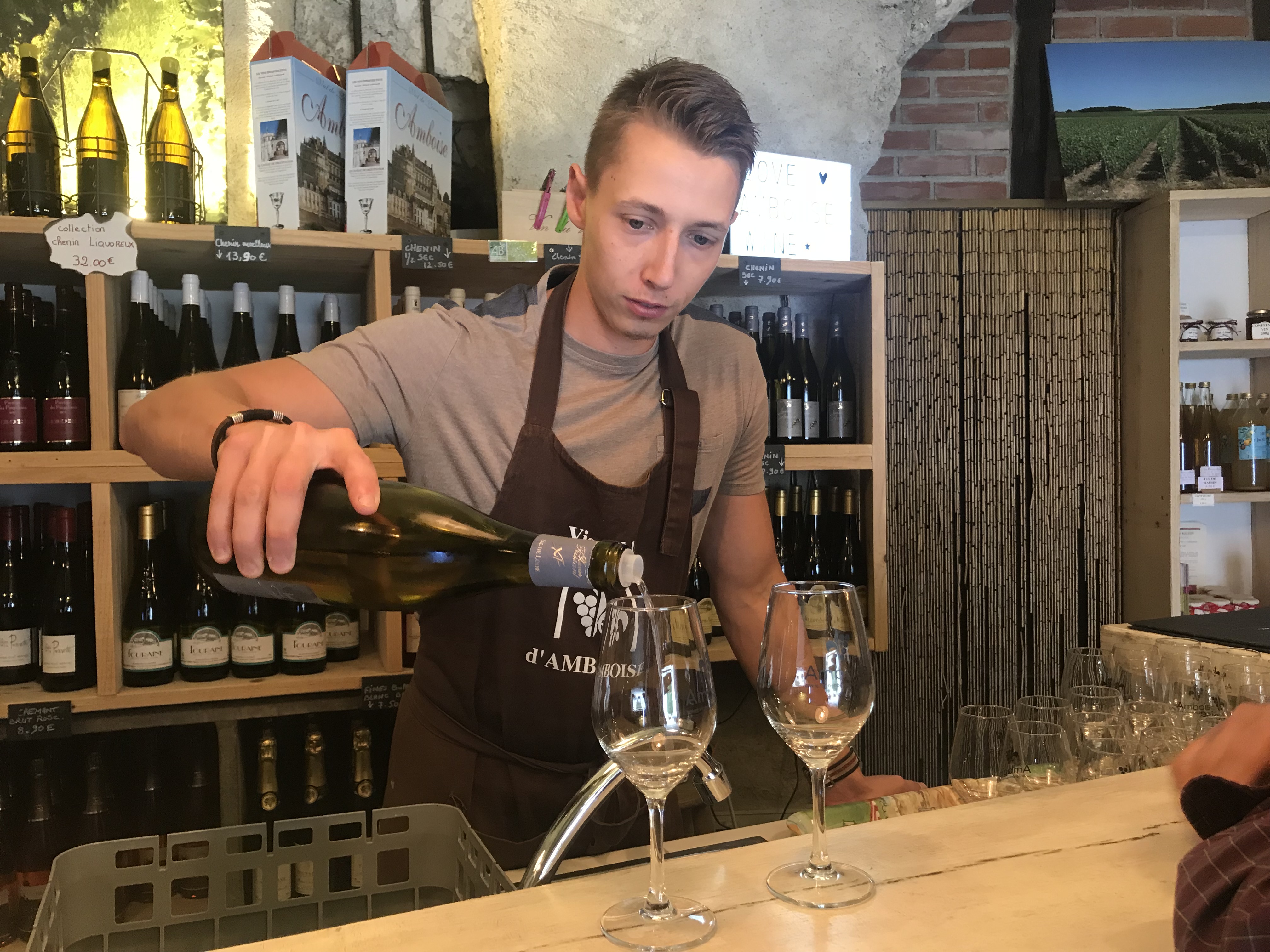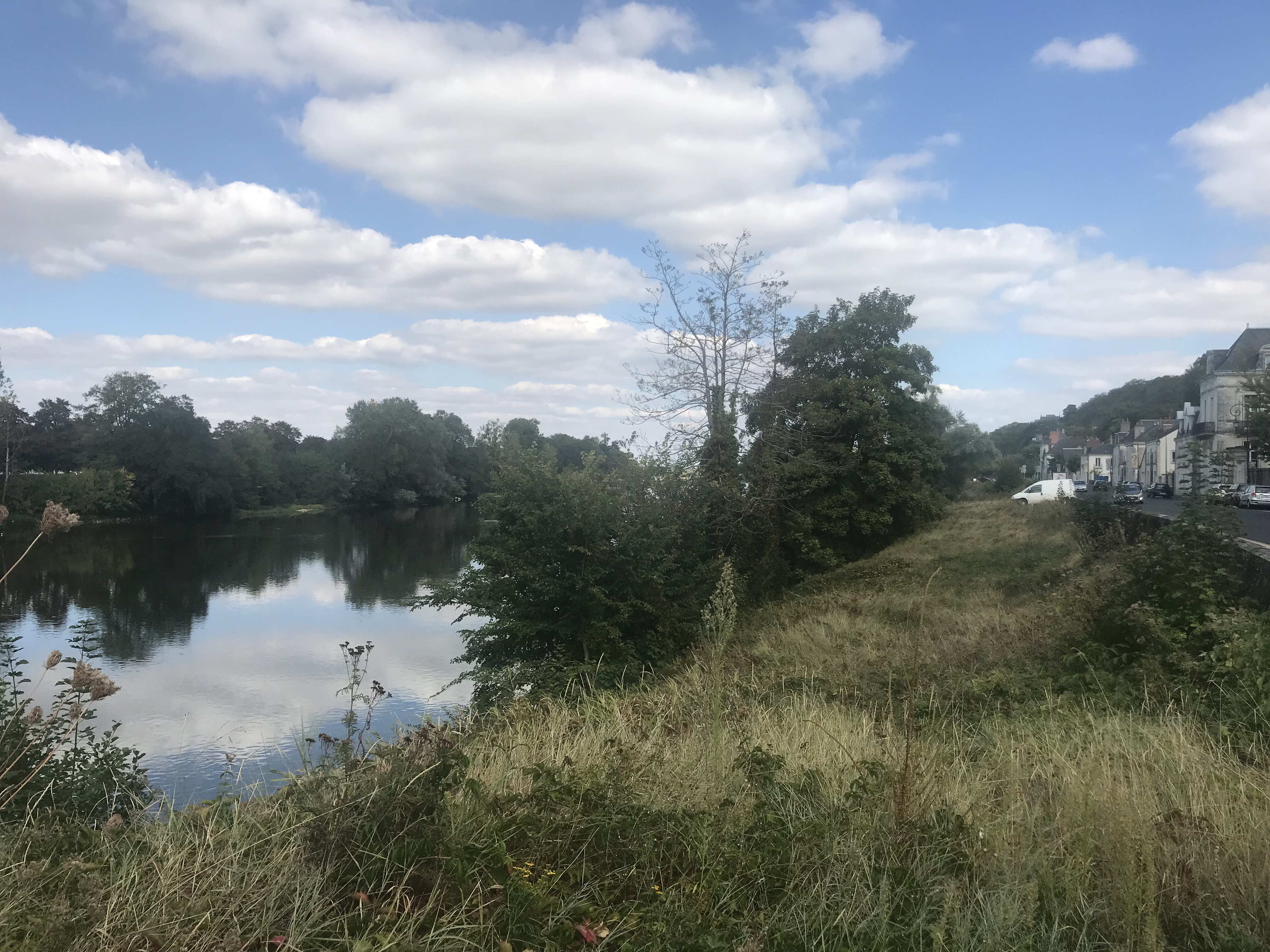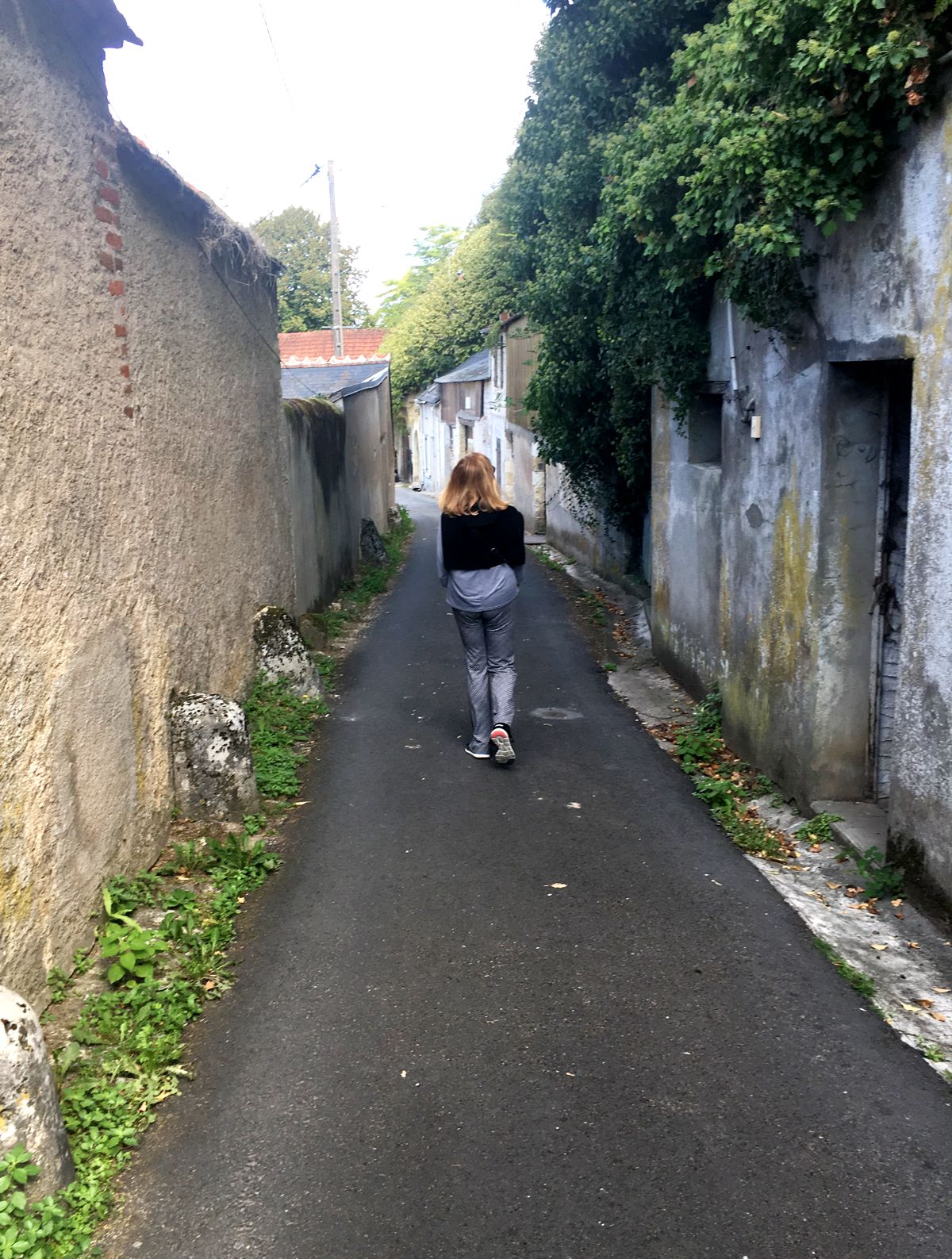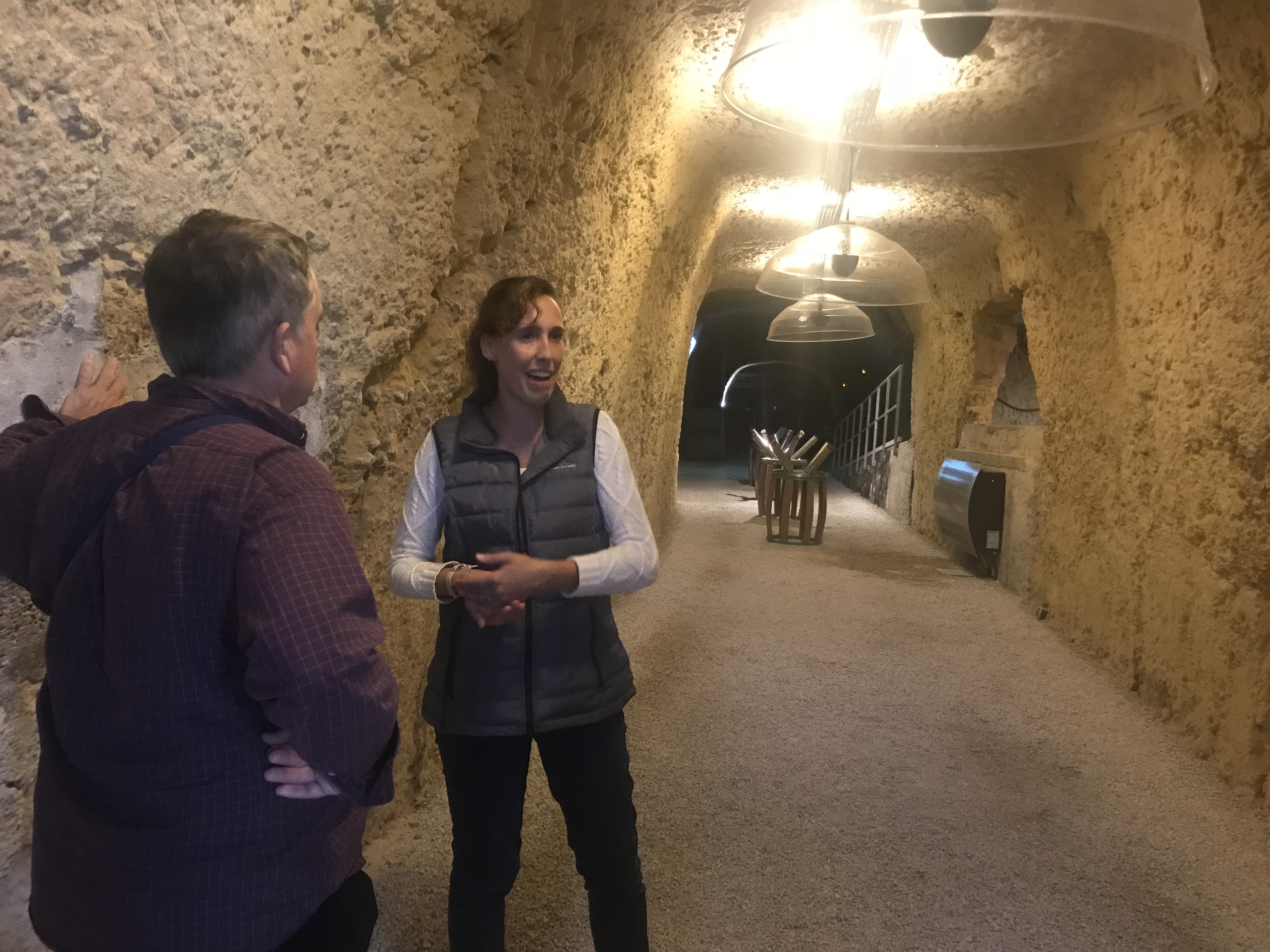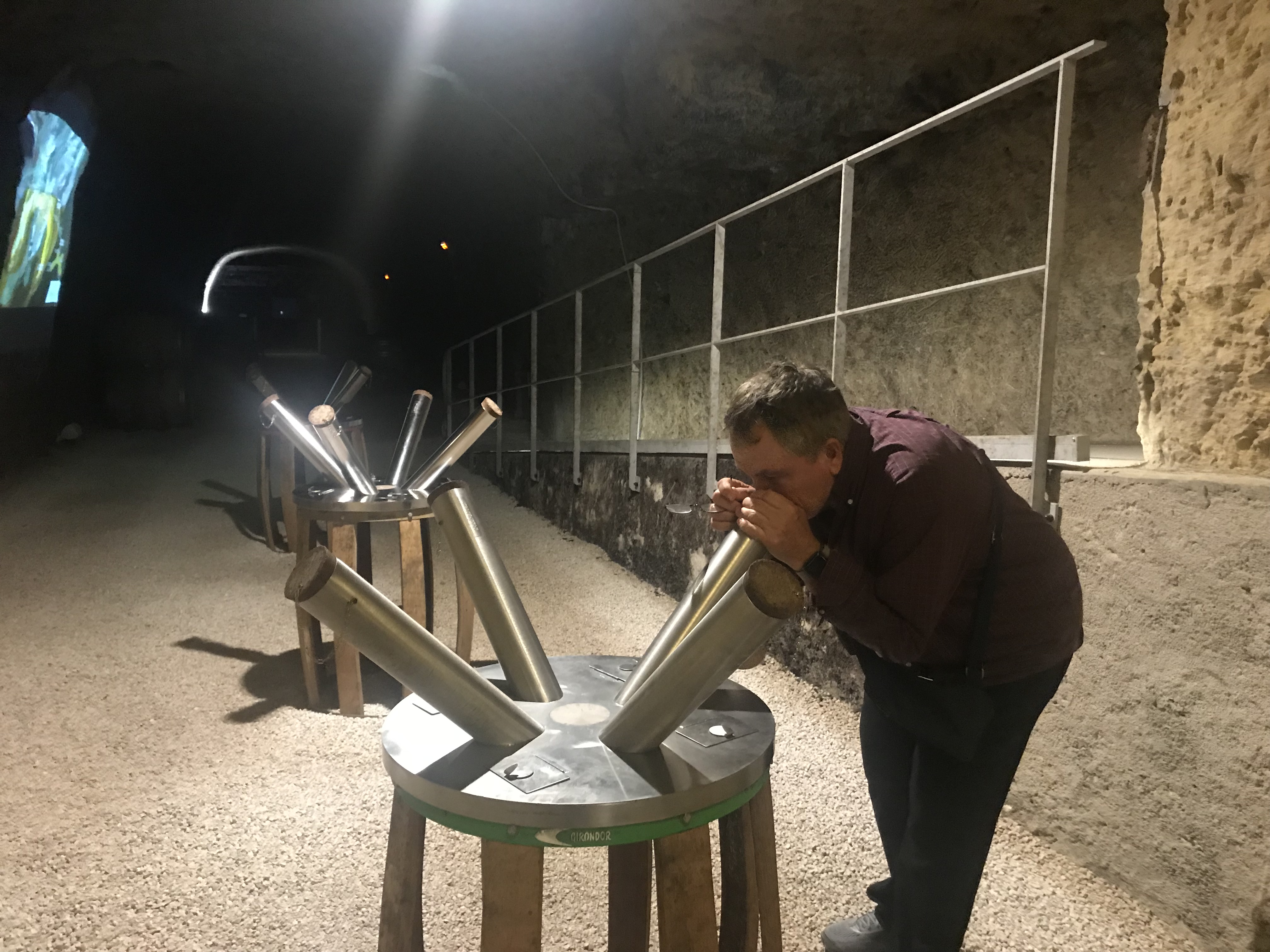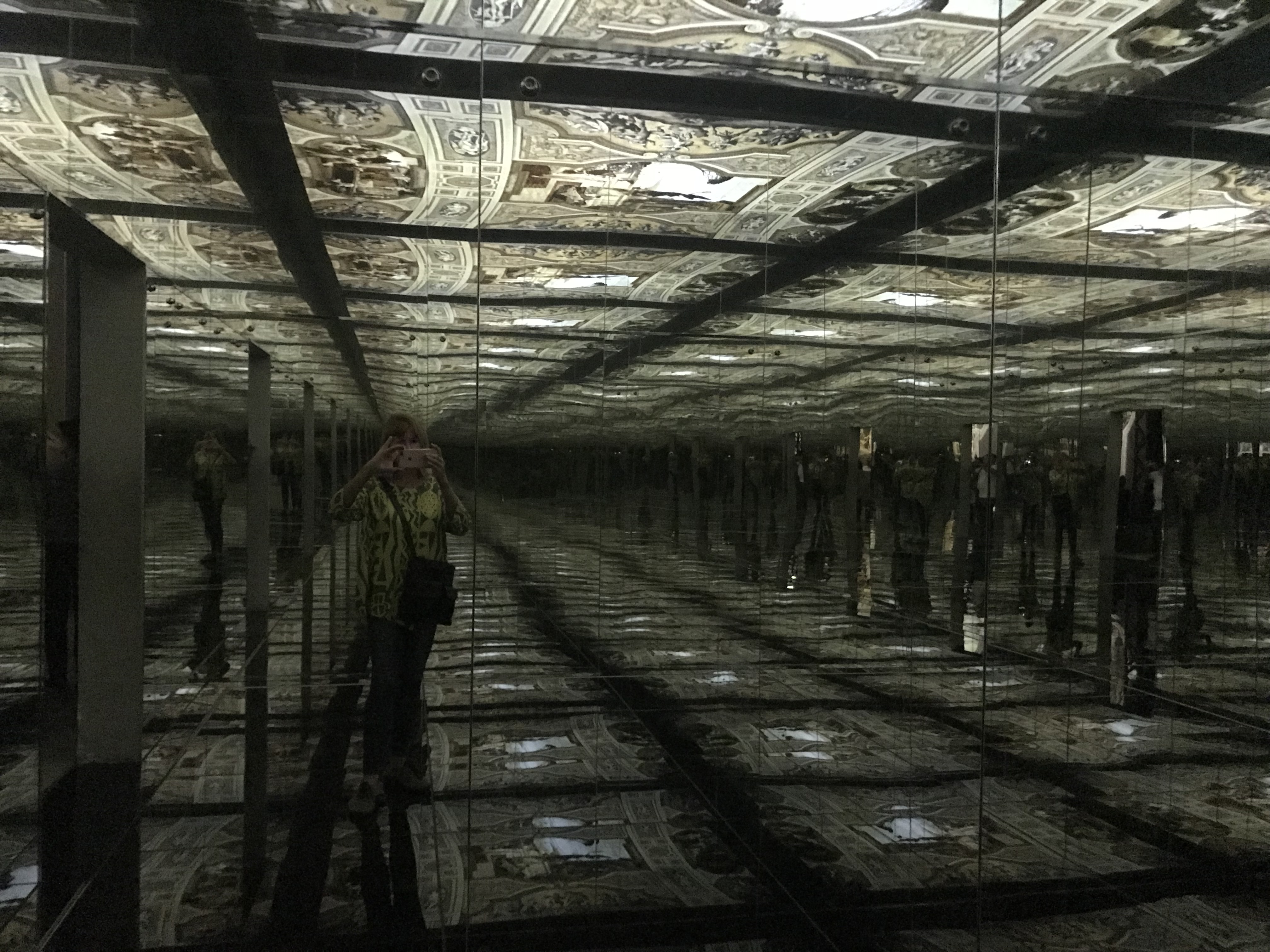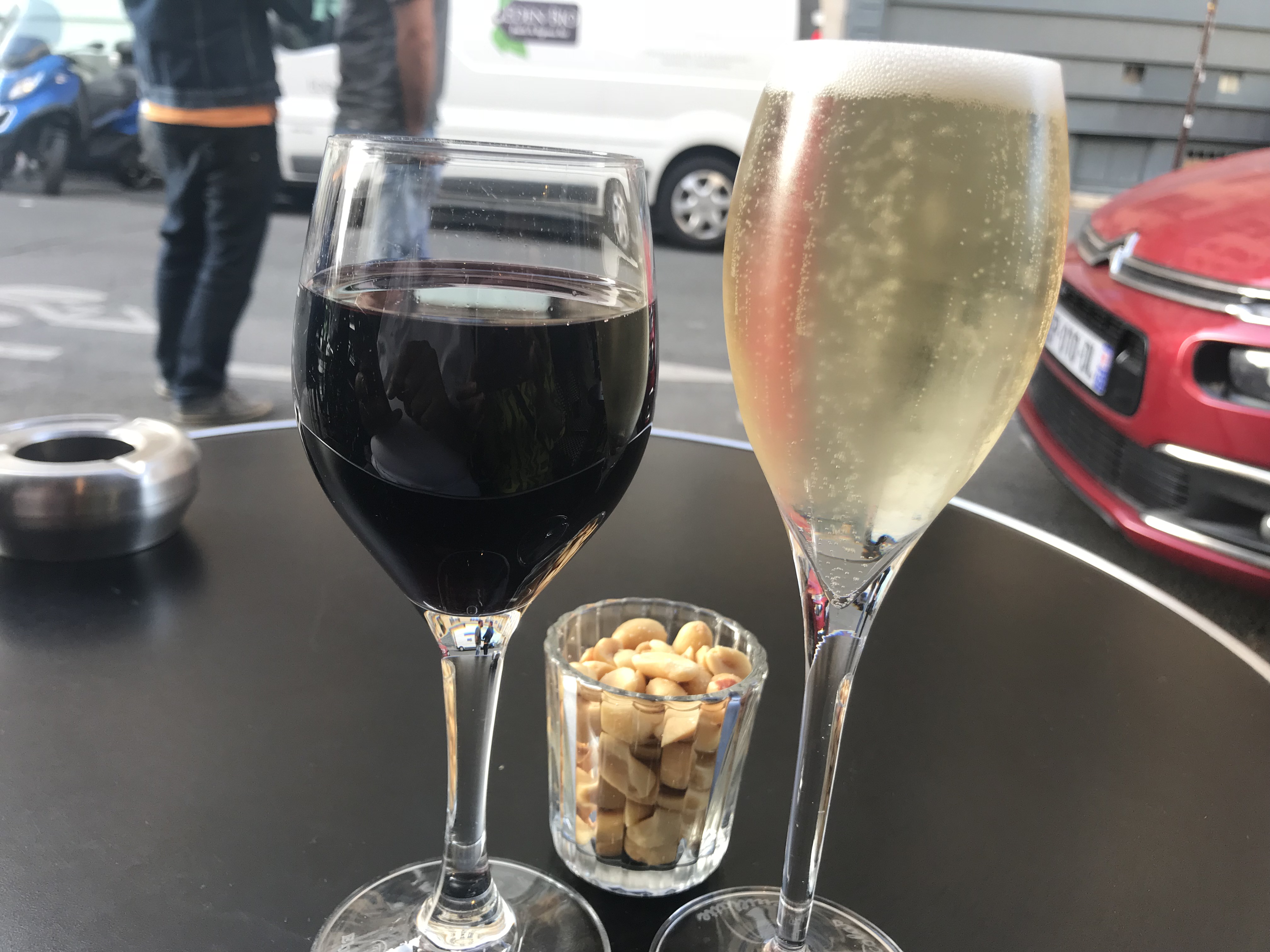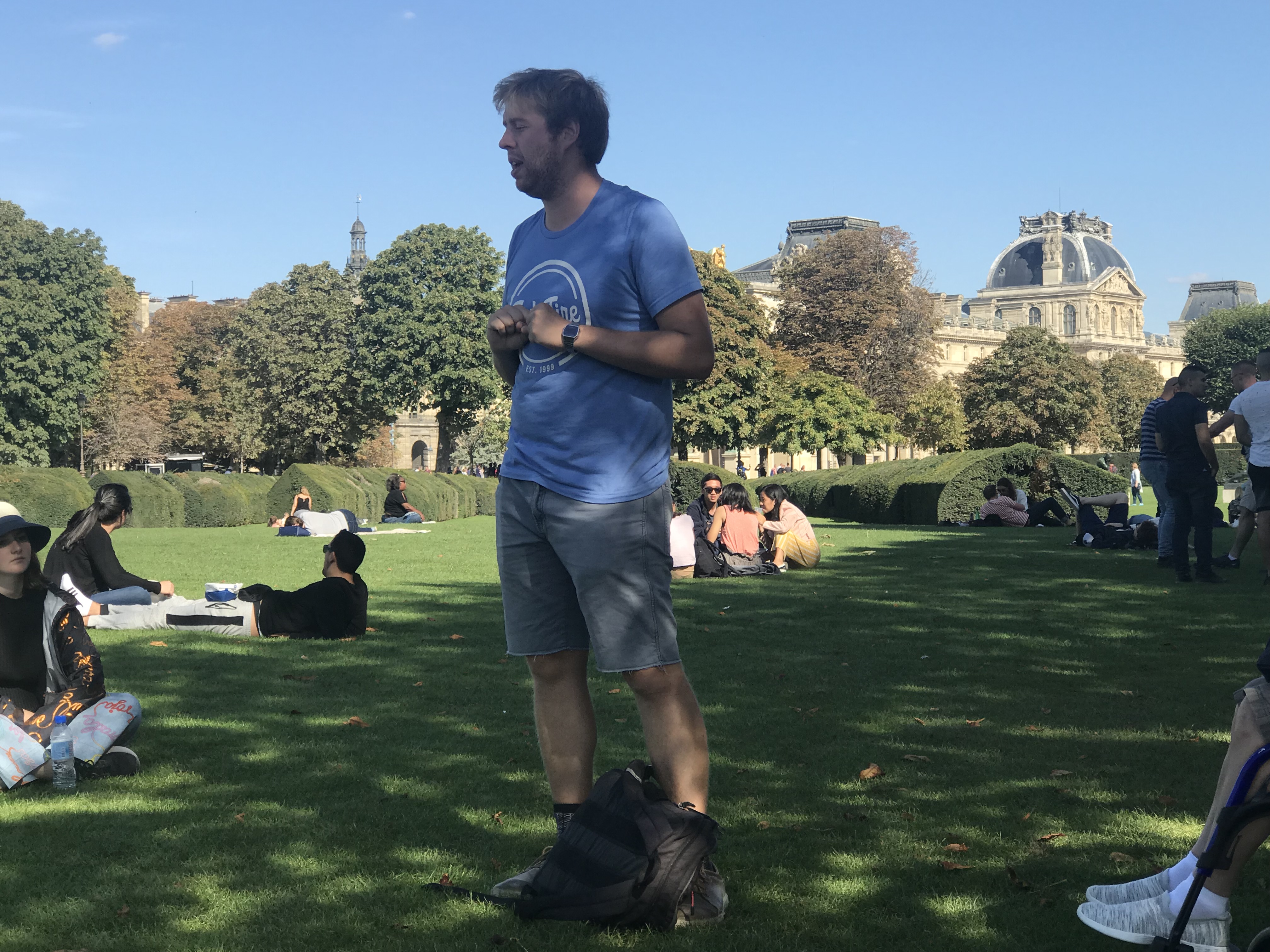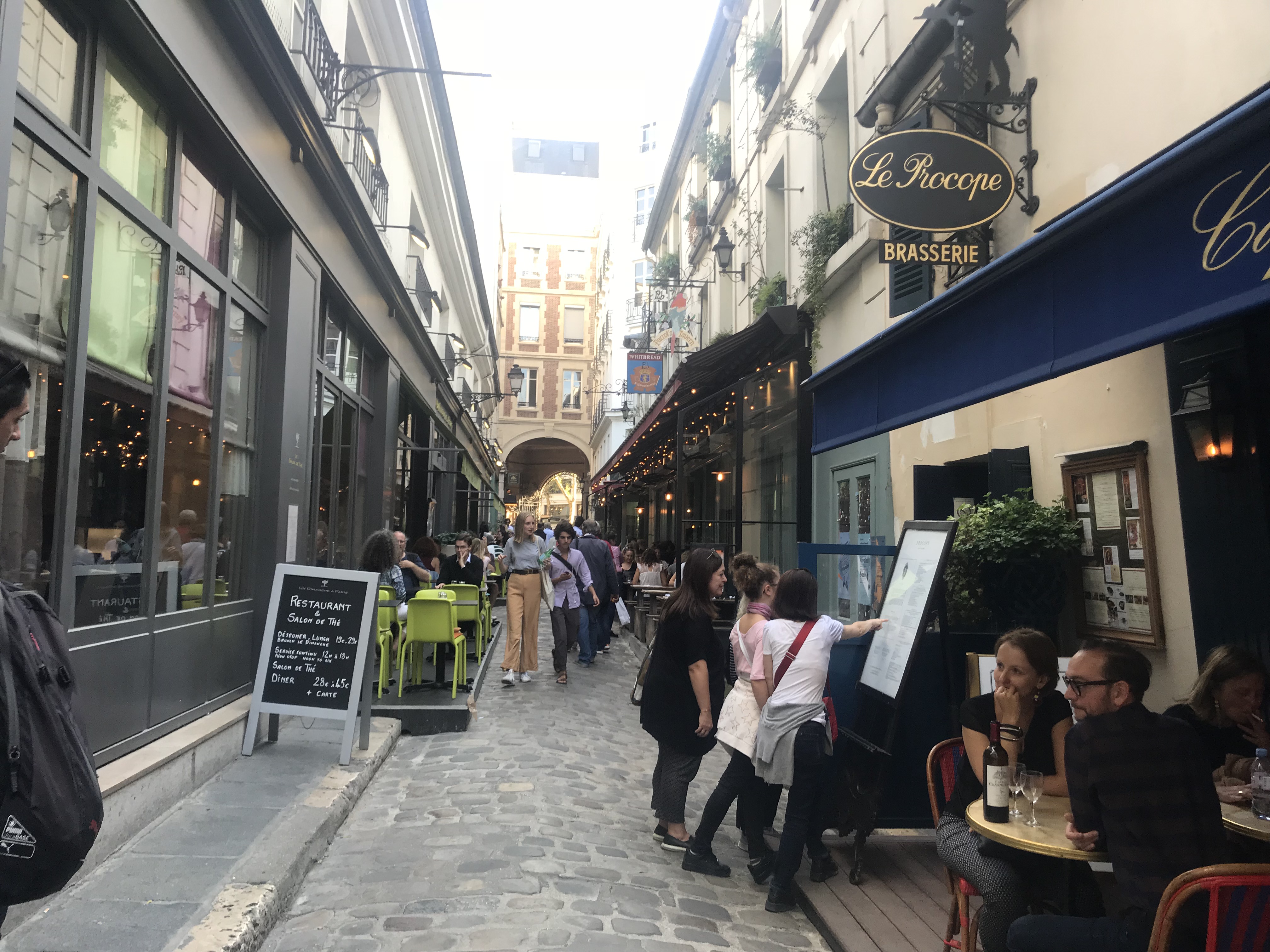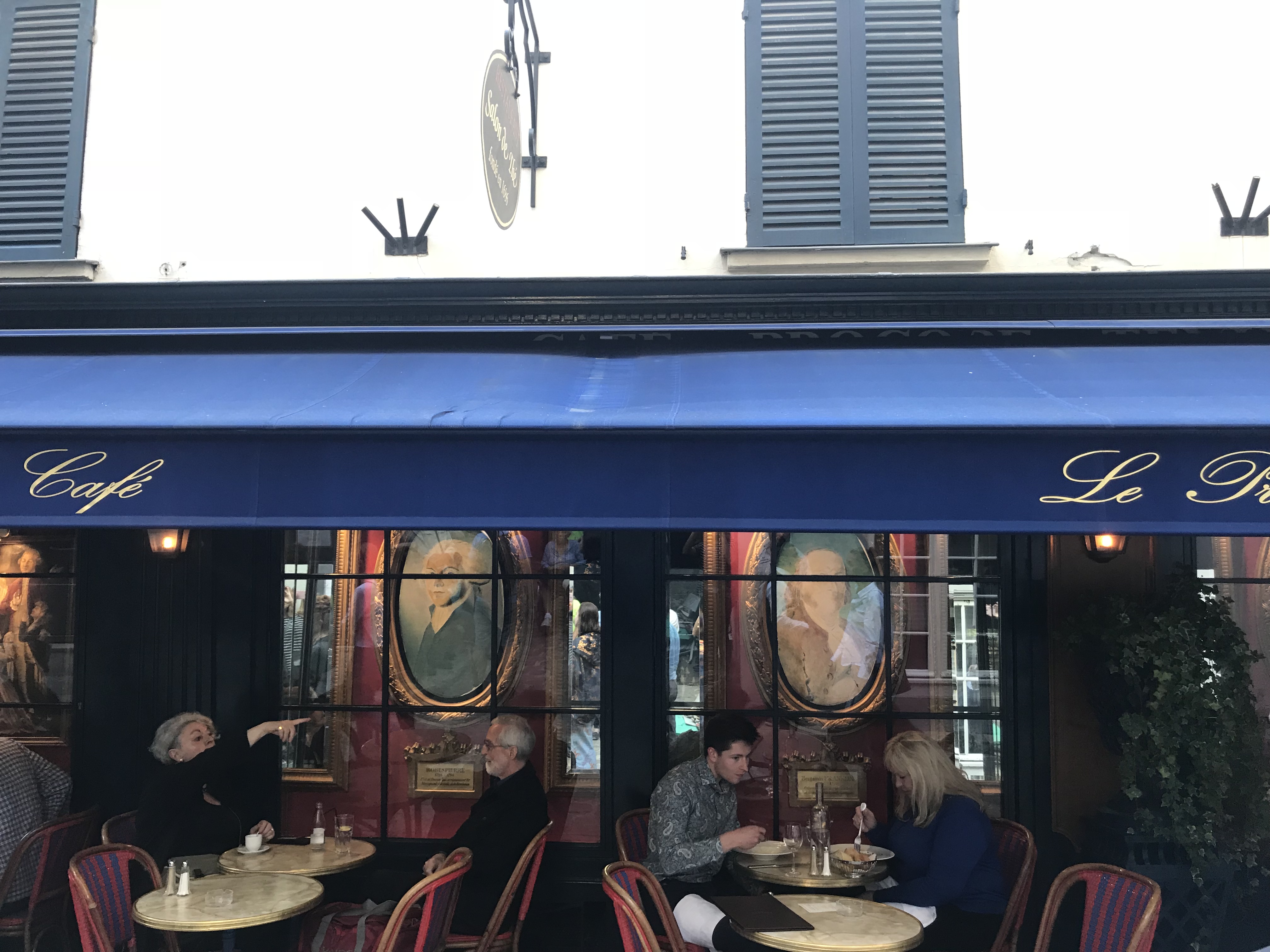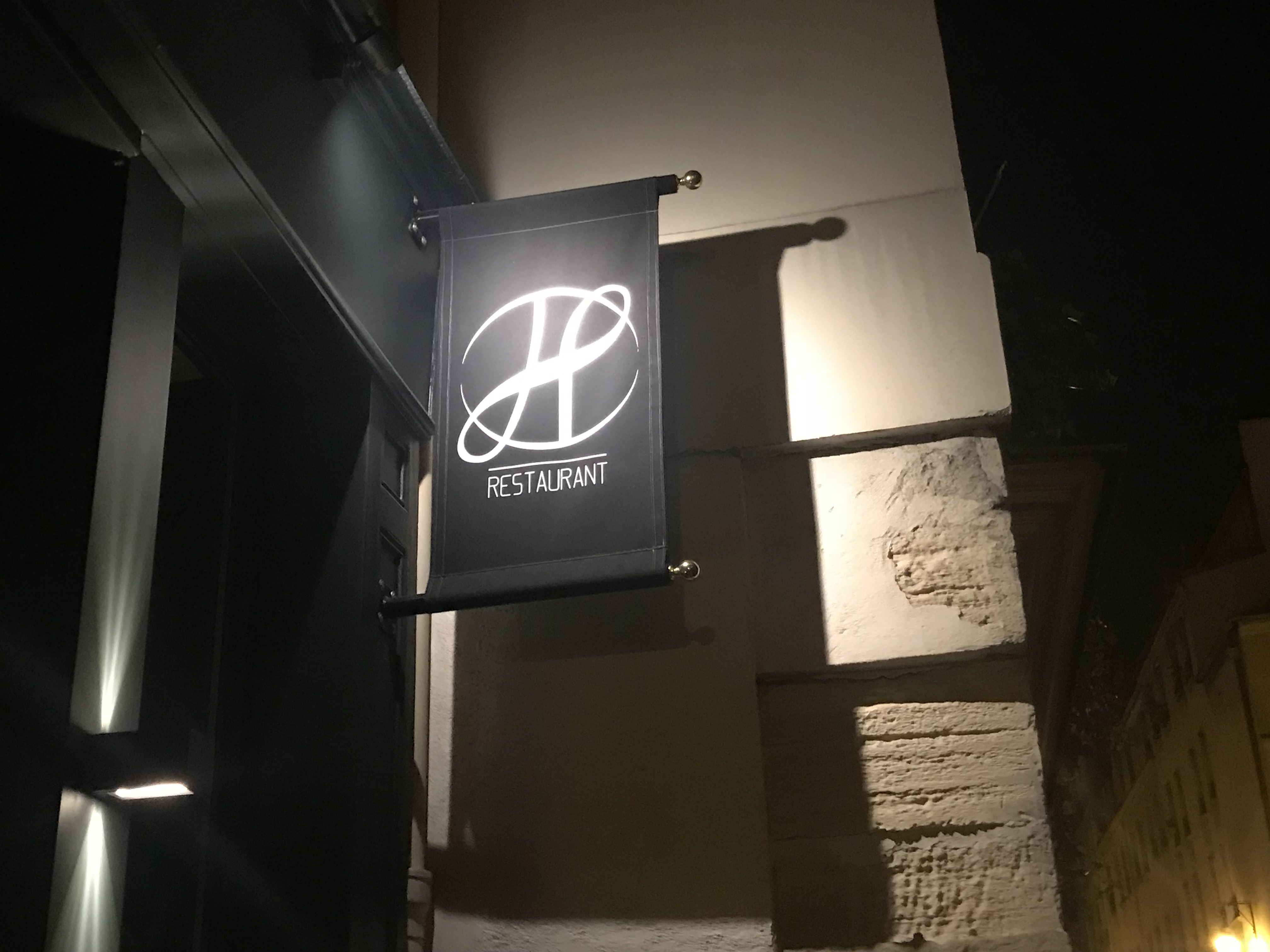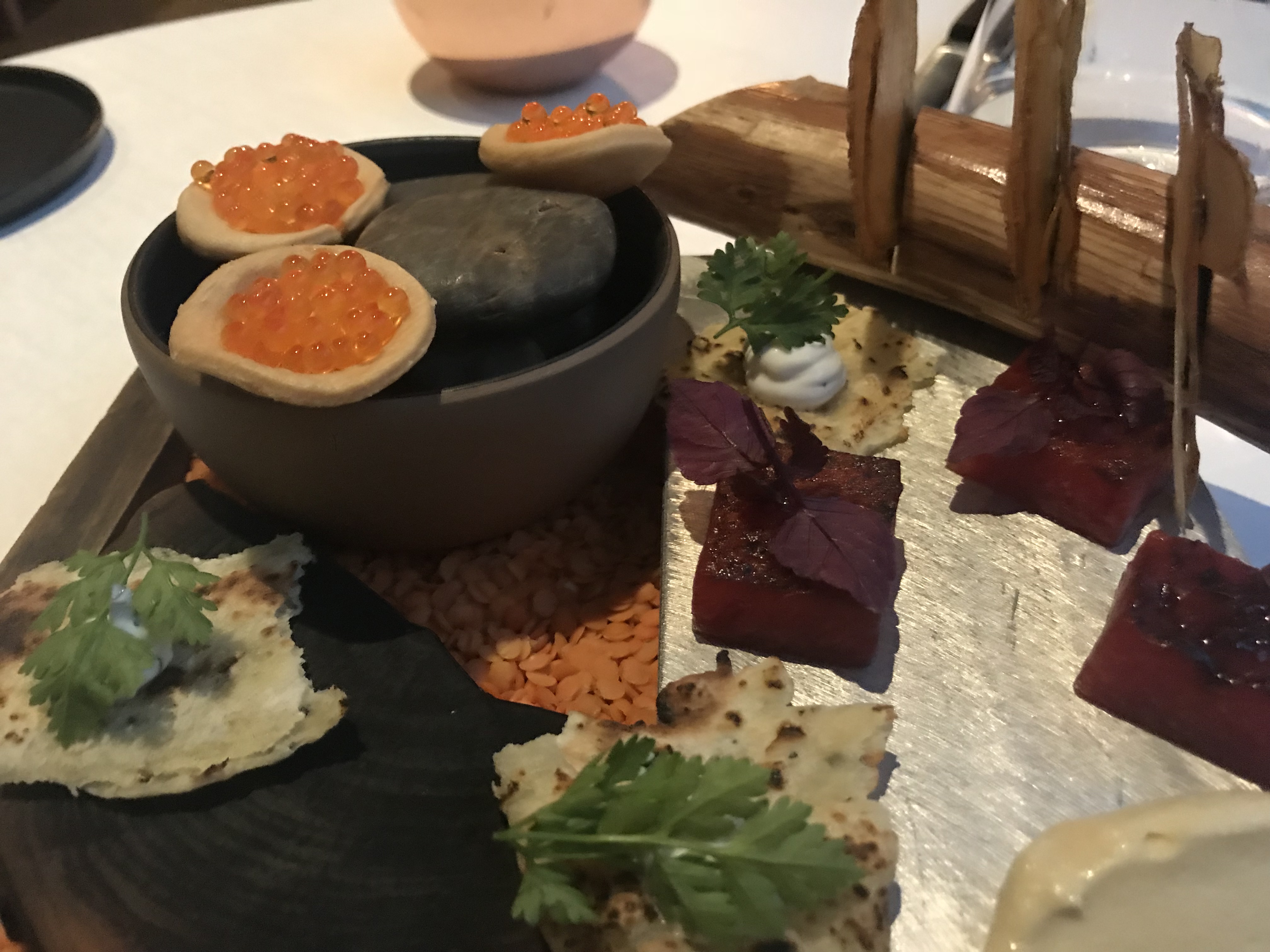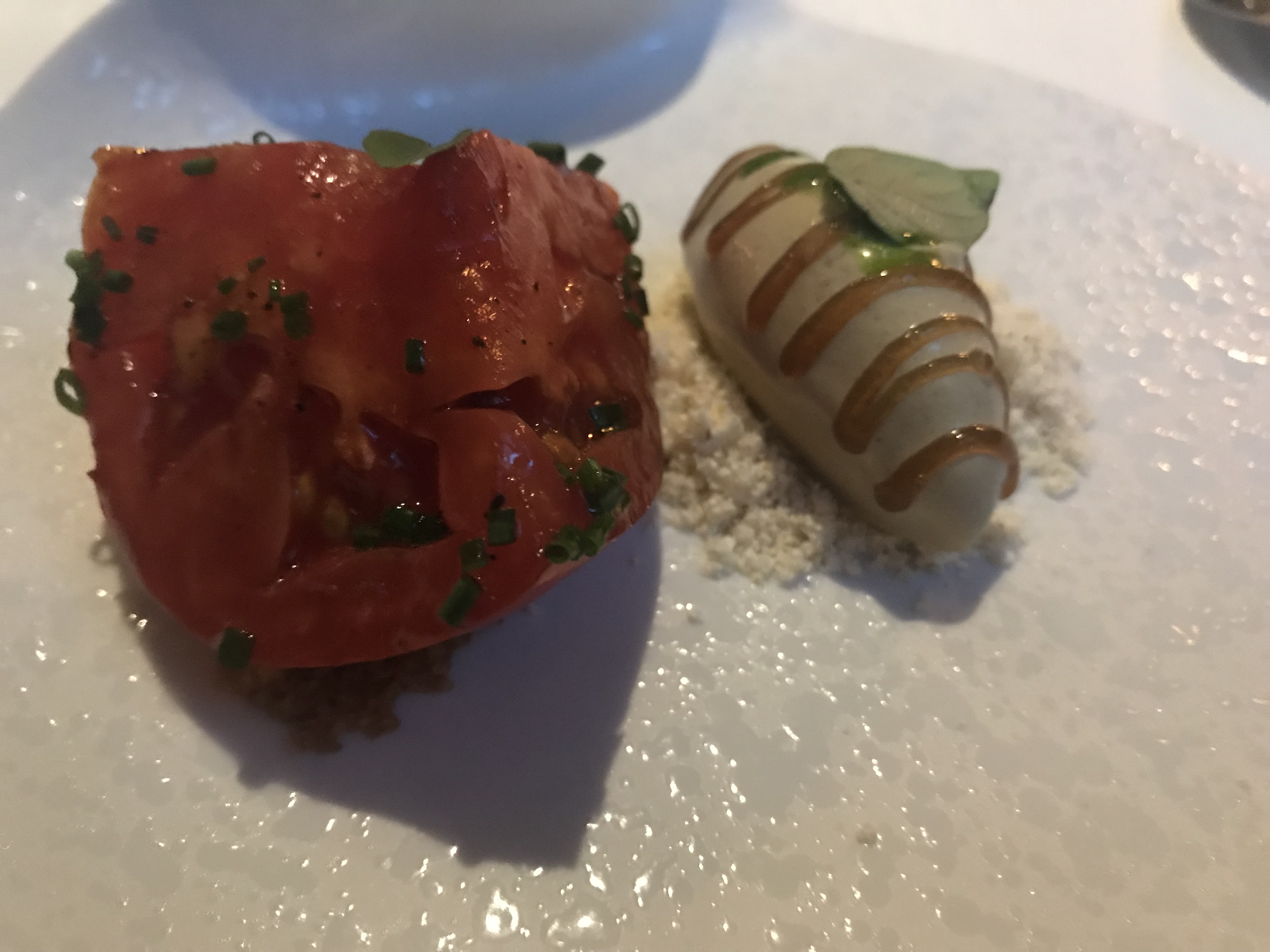Au revoir, dear Paris. After a week of successfully plotting our metro and walking routes all over Paris, my dear husband successfully drove us through the narrow streets of Paris and on to Chartres.
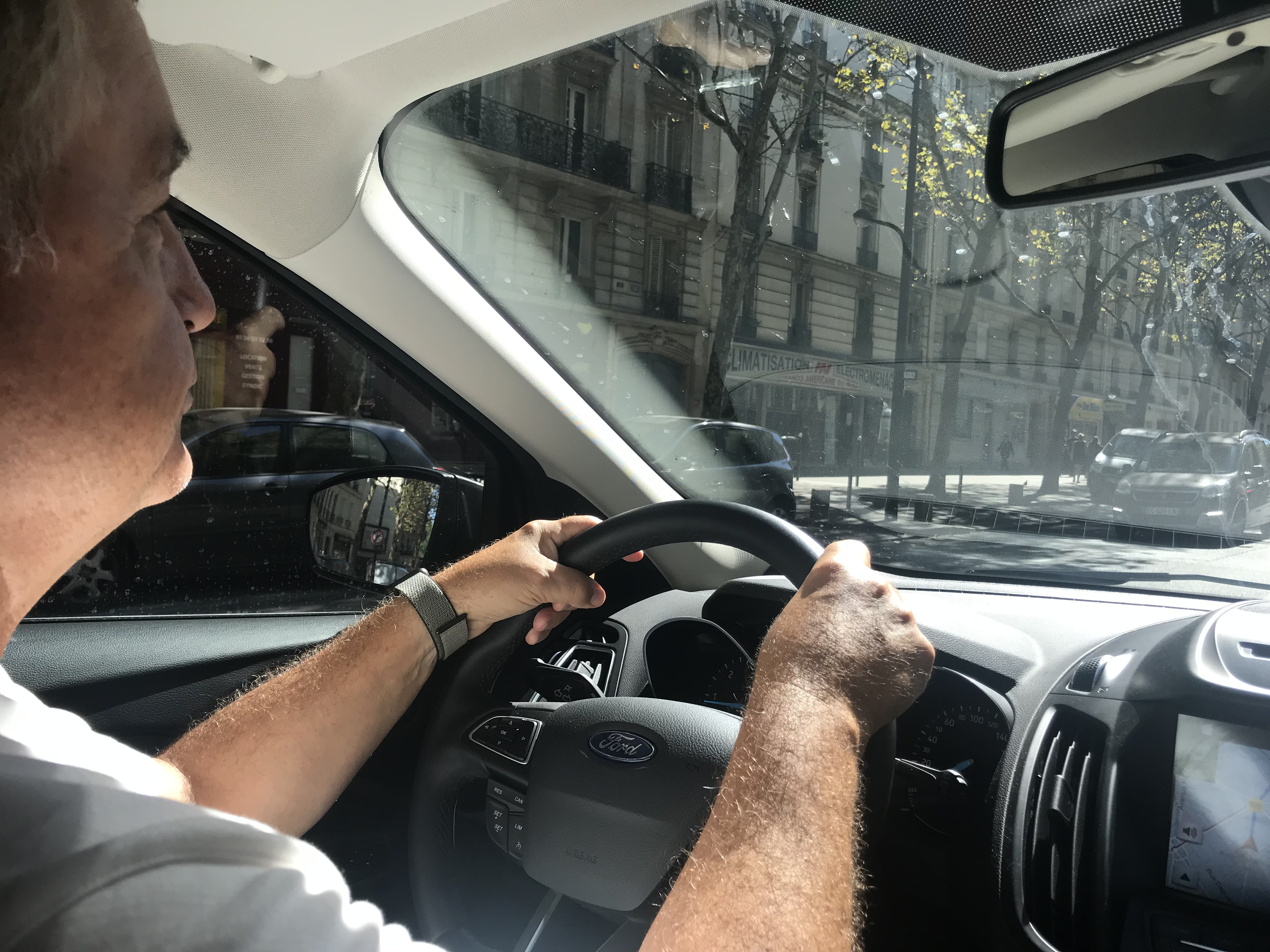
Chartres, our home for the next two days, is a charming little town of 40,000 people about an hour south of Paris.
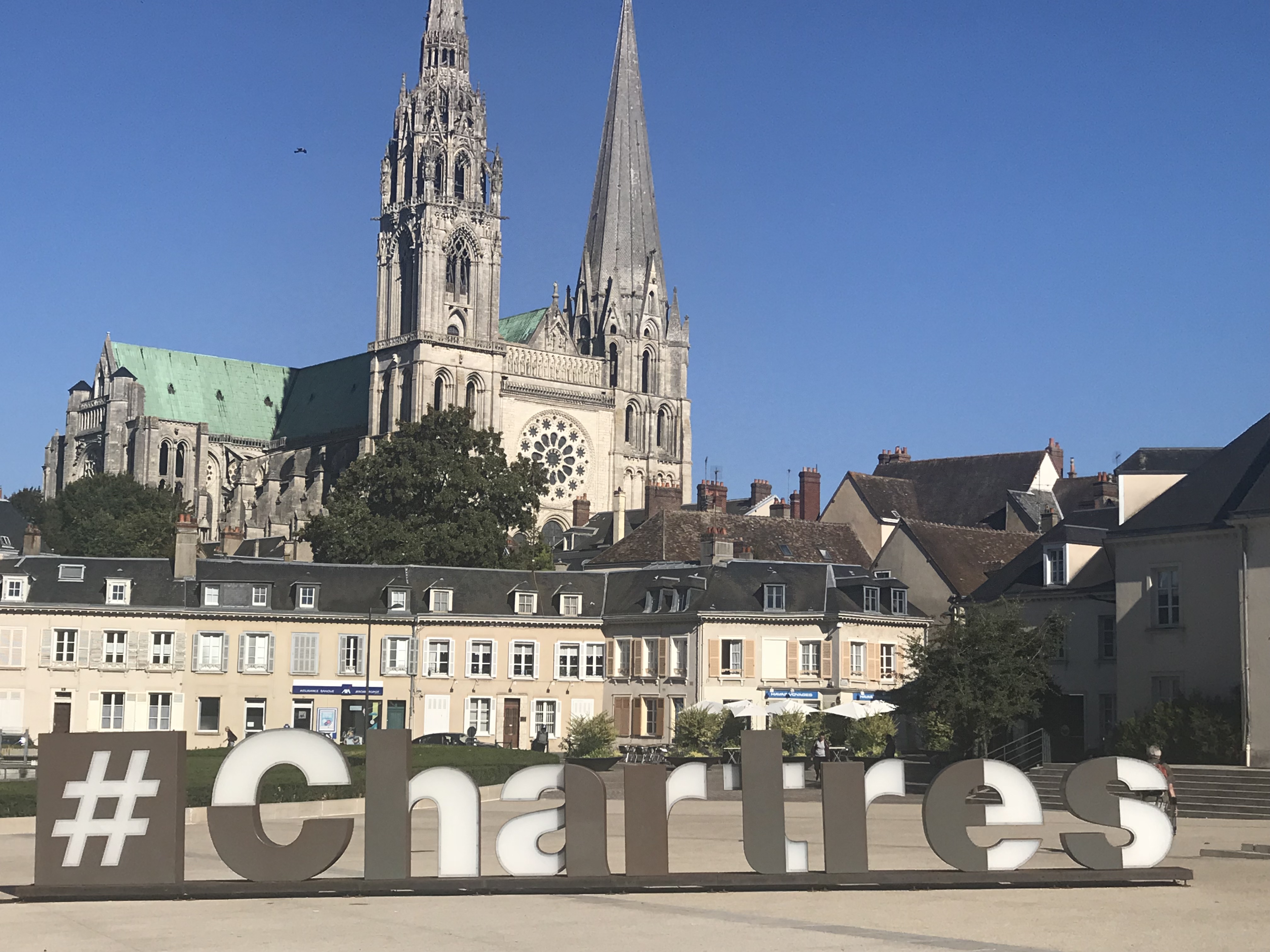
We arrived in the late afternoon and after a lovely dinner on one of the plazas enjoyed the Chartres en Lumieres, an impressive light and music show that adorns twenty-four sites each evening from mid-April to mid-October. Chartres was the first city to highlight its heritage with light and is now part of LUCI, the international network of cities on urban lighting.
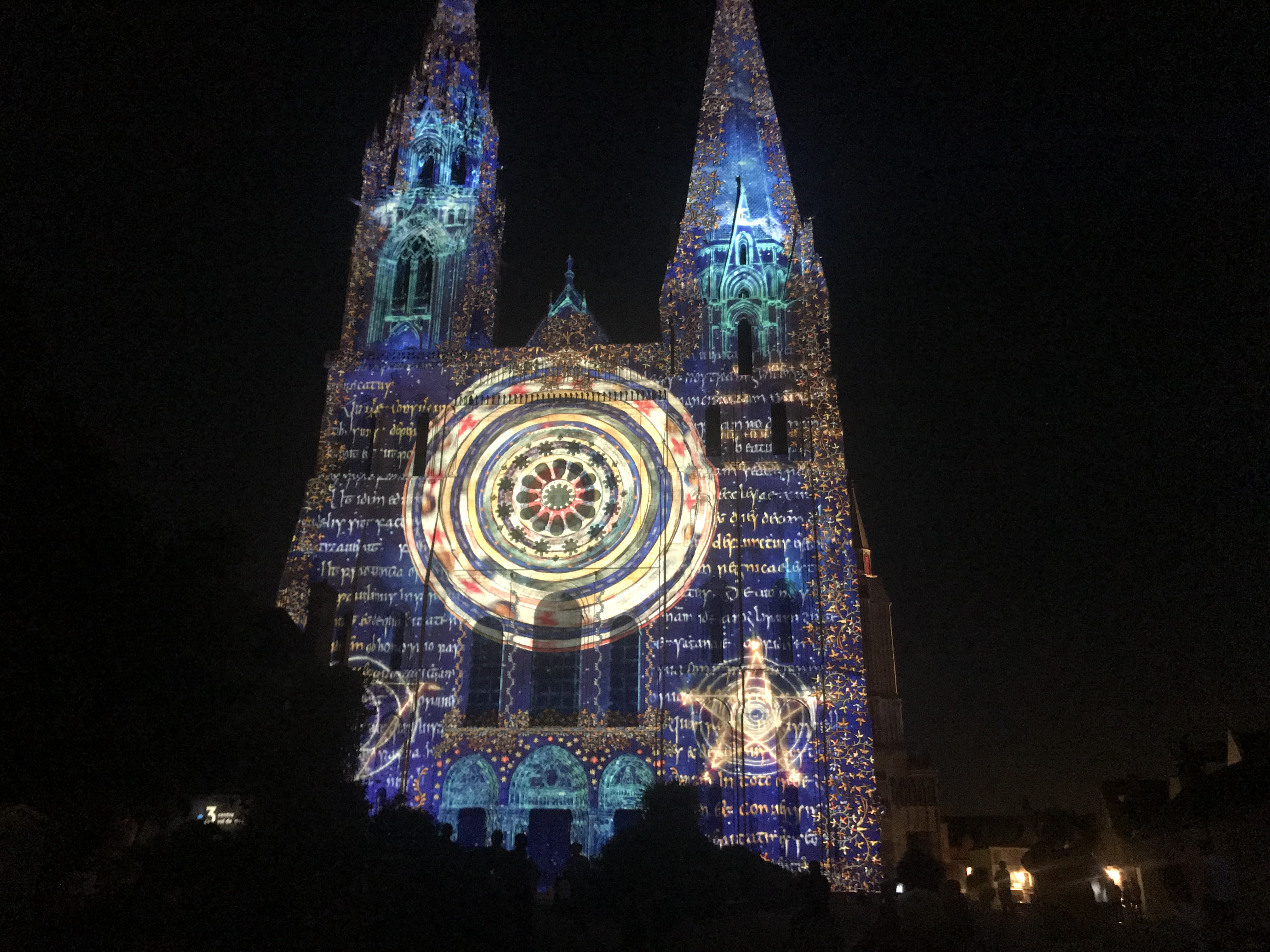
By combining modern technology with ancient heritage, the city has created a stunning display. I don’t totally understand the technology that projects beautiful, changing designs, but the results are magnificent.
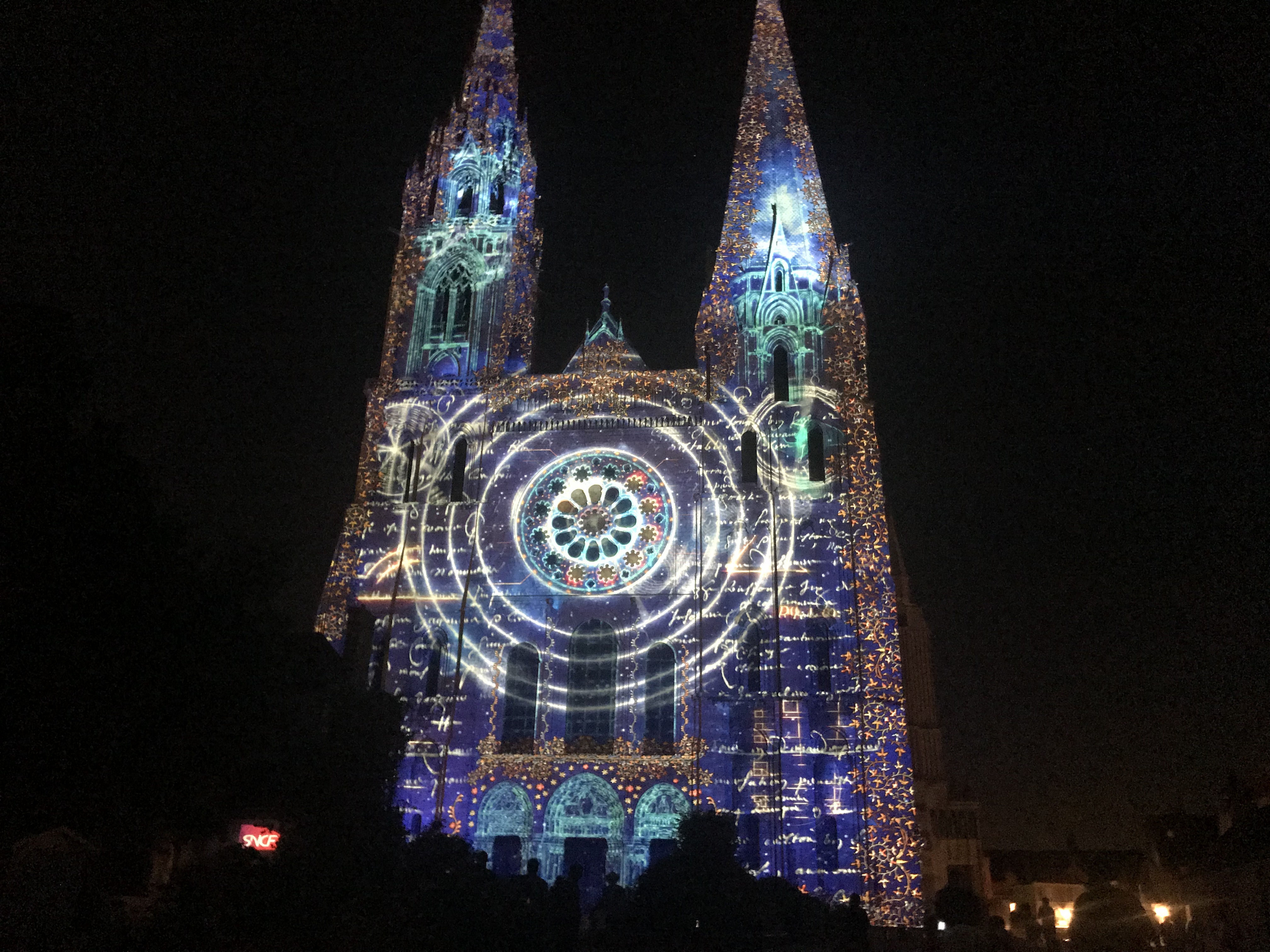
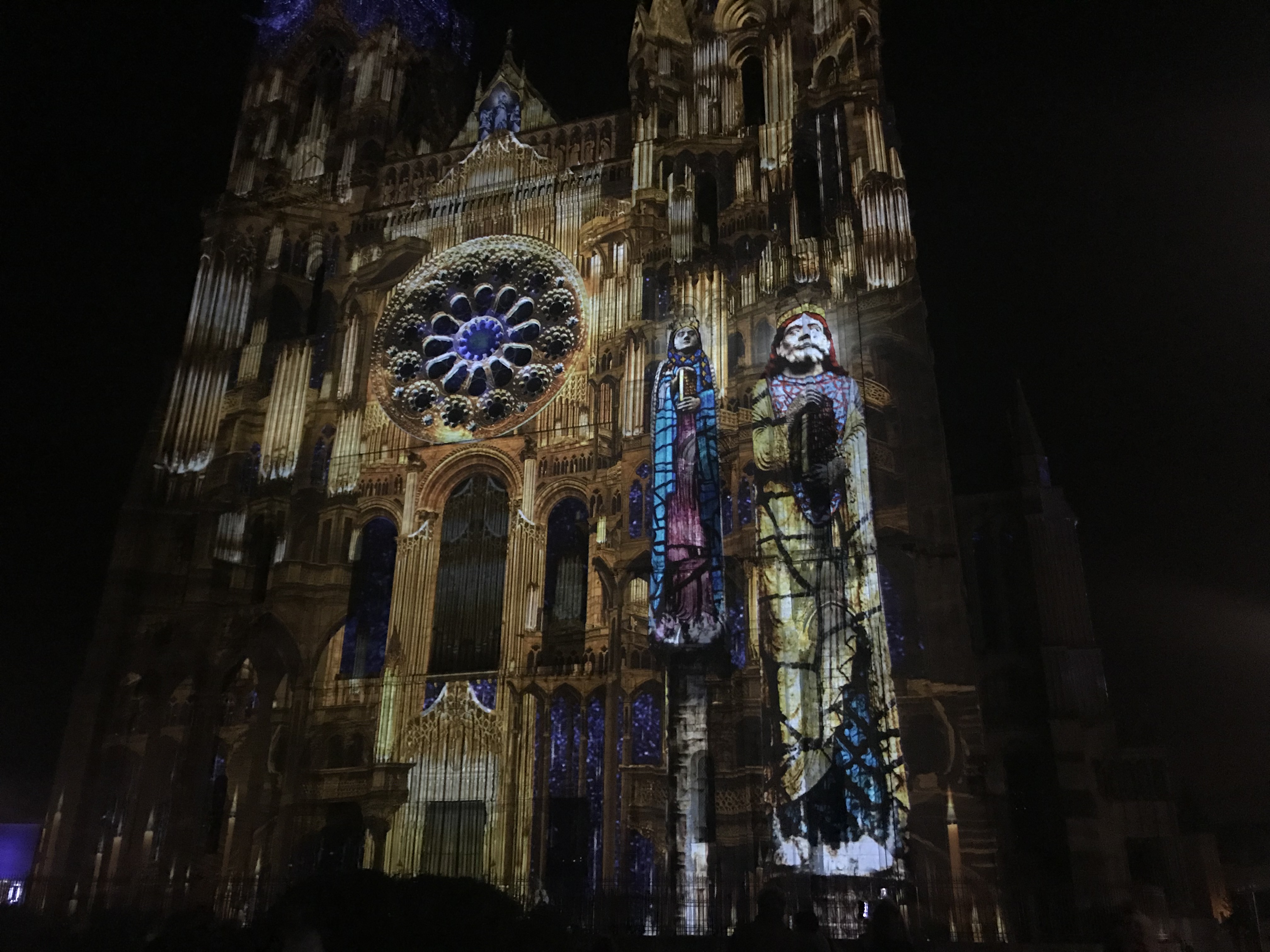
Although we had a phone app that helped us locate the sites, it felt like a treasure hunt, walking around looking for the light and music shows.


The next morning we explored other places in this beautiful little town.

Paul found a wonderful walking tour that took us to a shady park, quaint areas and narrow streets.
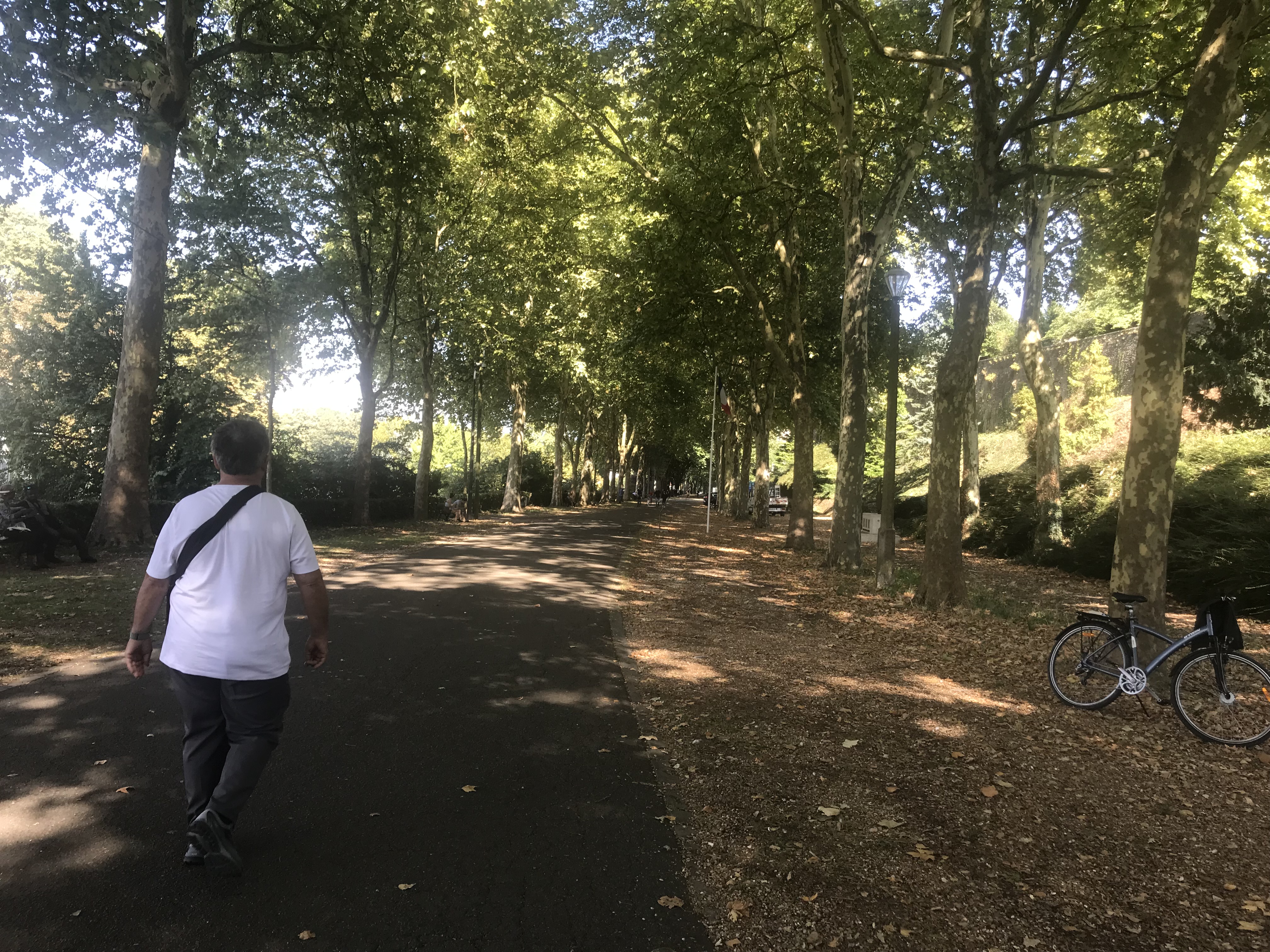


As we were crossing the Eure river, a charming French man stopped his bike and told us about a little path that would take us to the river’s bank. Luckily I understood him well enough to find the little path.
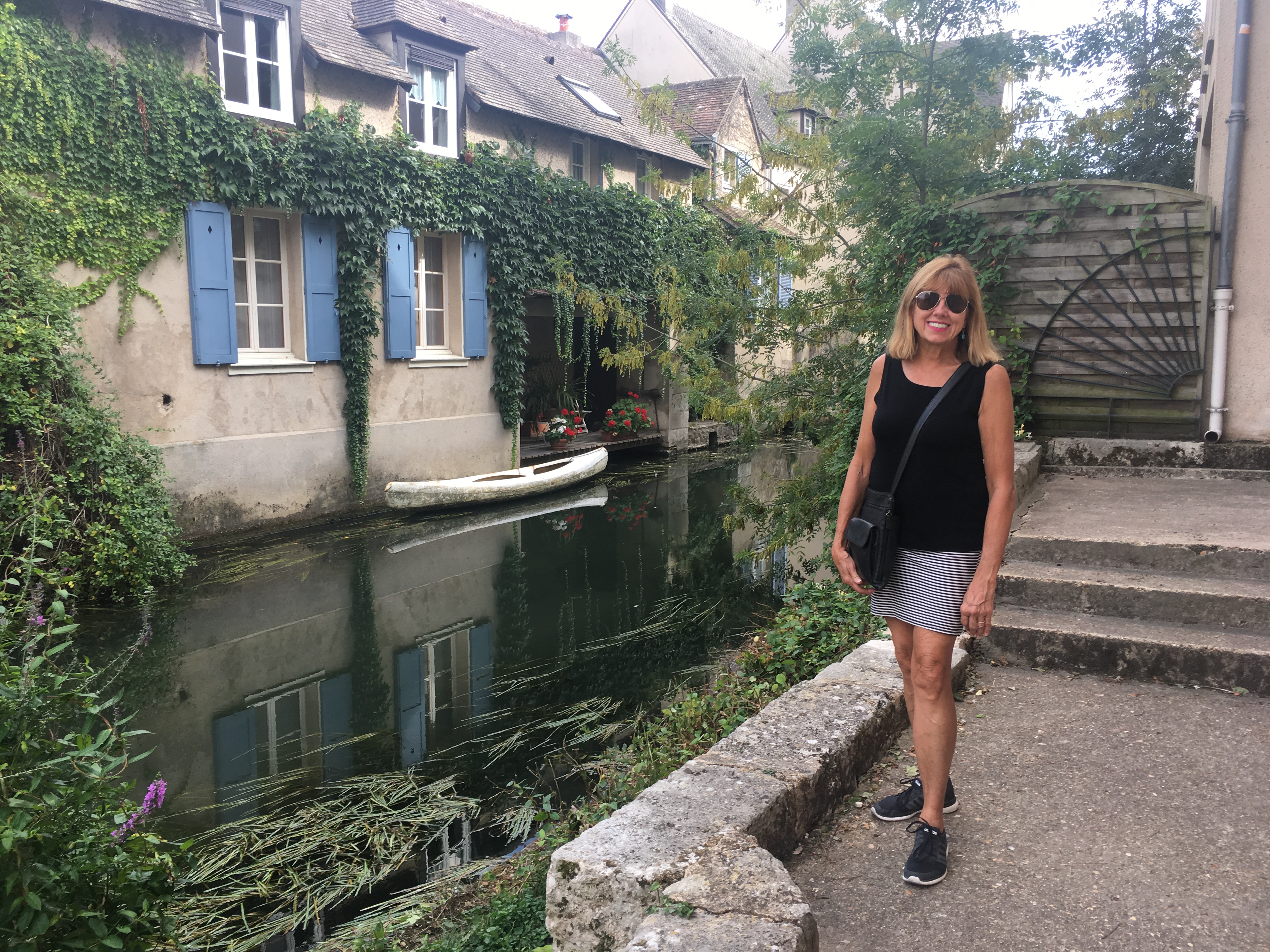
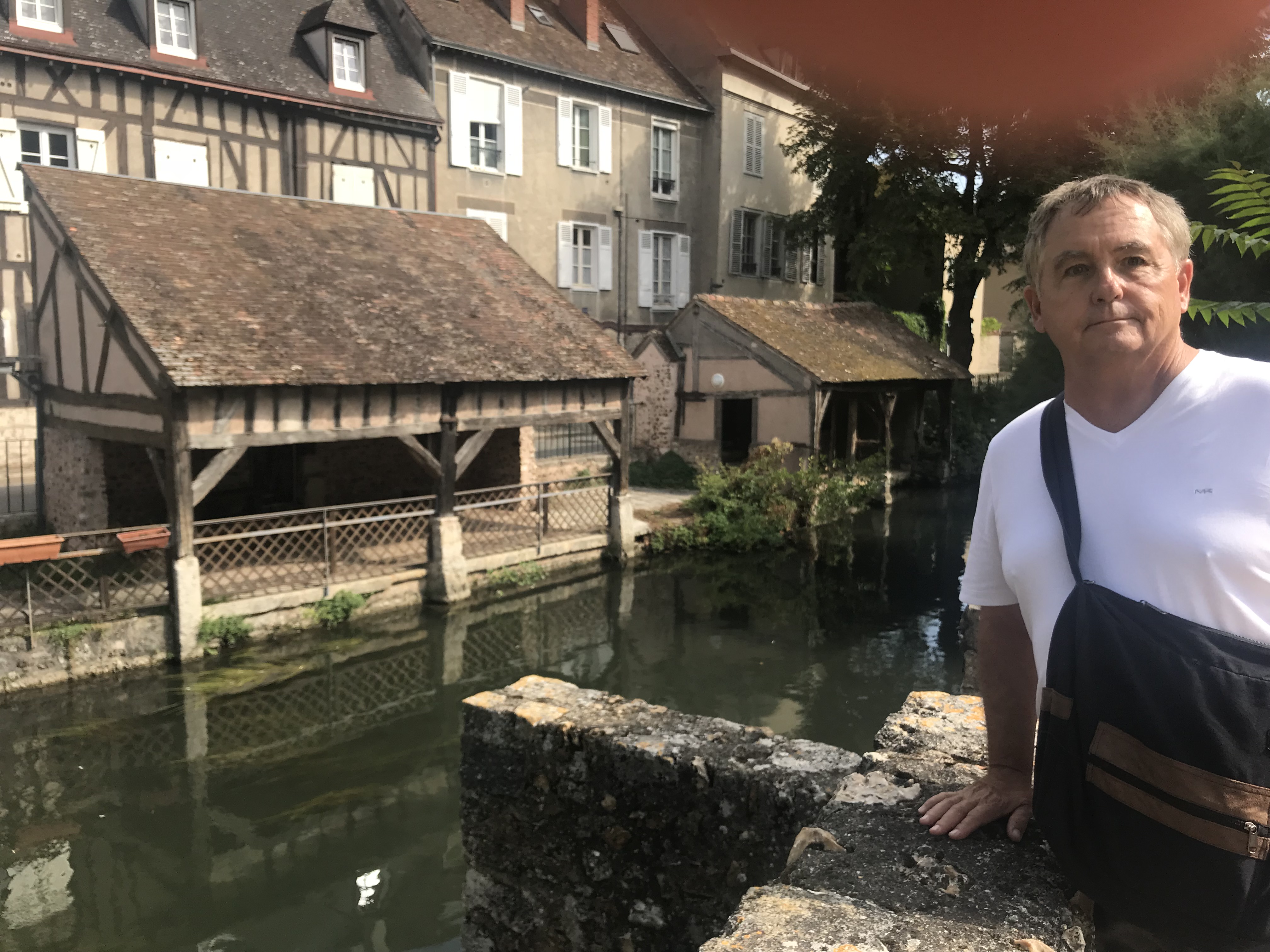
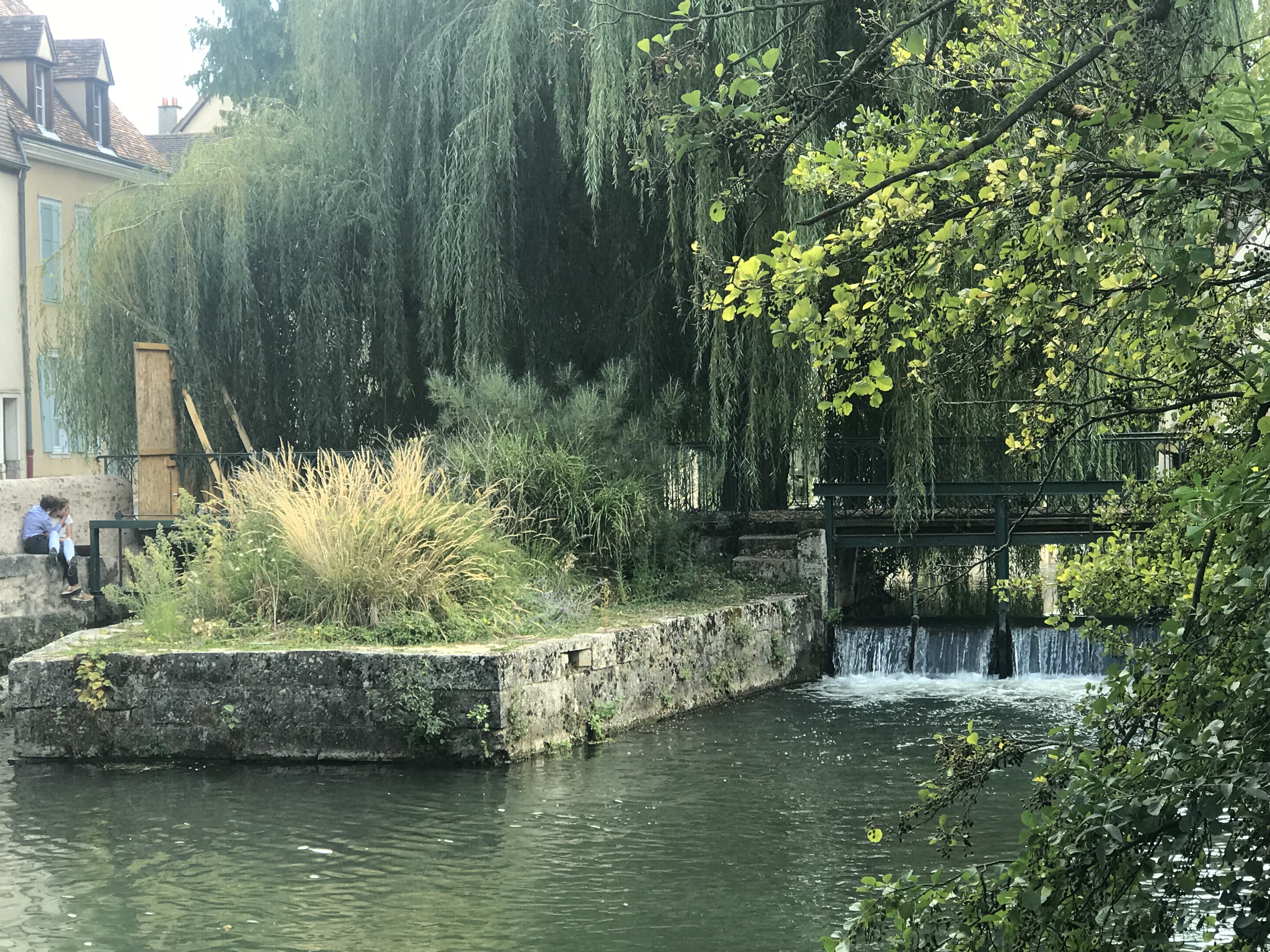
Of course, Chartres’ main claim to fame is the beautiful Chartres Cathedral, home to the largest collection of medieval stained glass windows in the world.
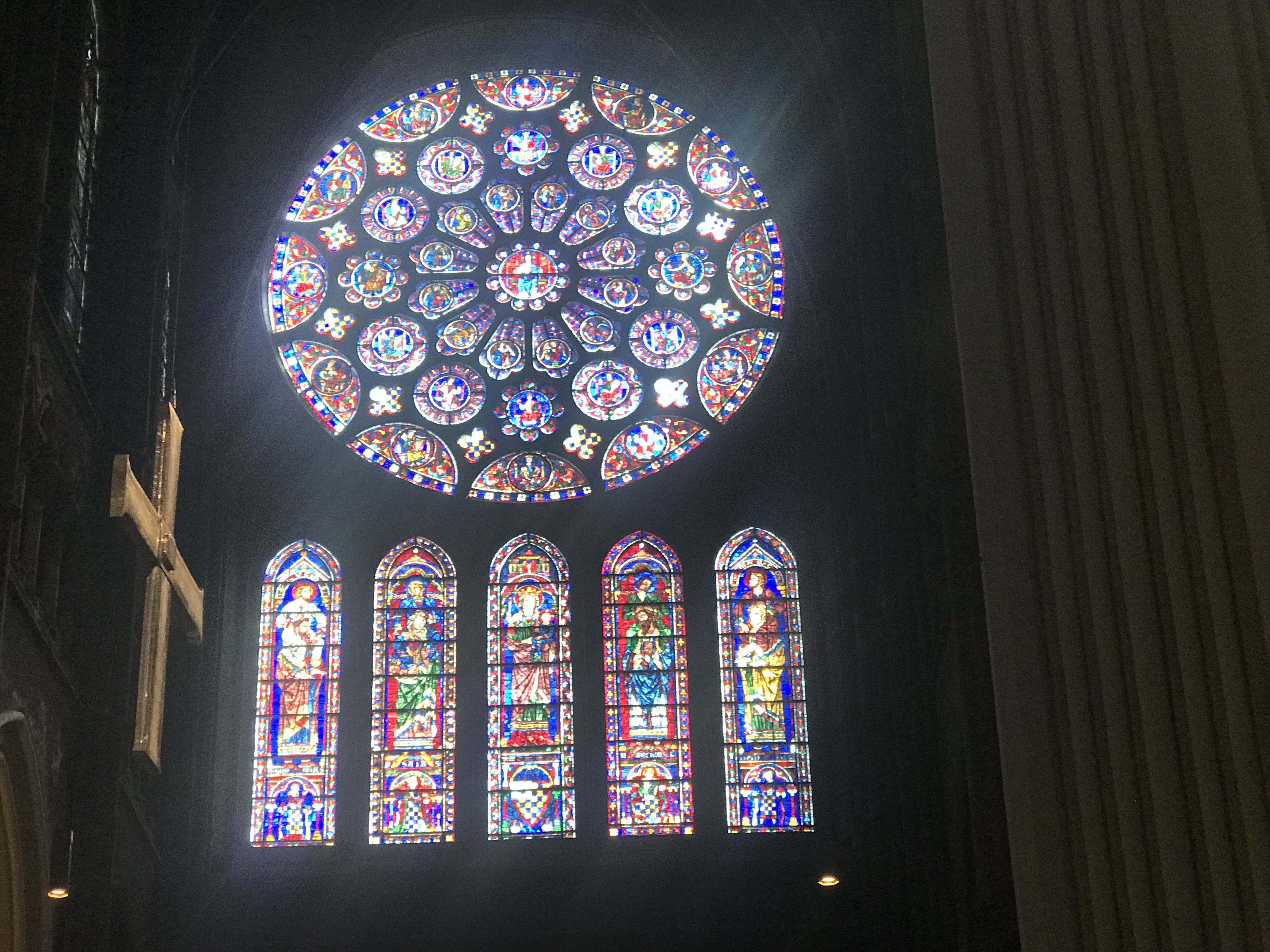
Fortunately, we were able to schedule a tour of the cathedral with Englishman Malcolm Miller, recognized as the greatest authority on Chartres Cathedral, who has been studying it for more than sixty years. I had read that he was a bit quirky and sometimes decided that he would not give a tour, so I was happy when he appeared and our tour began.
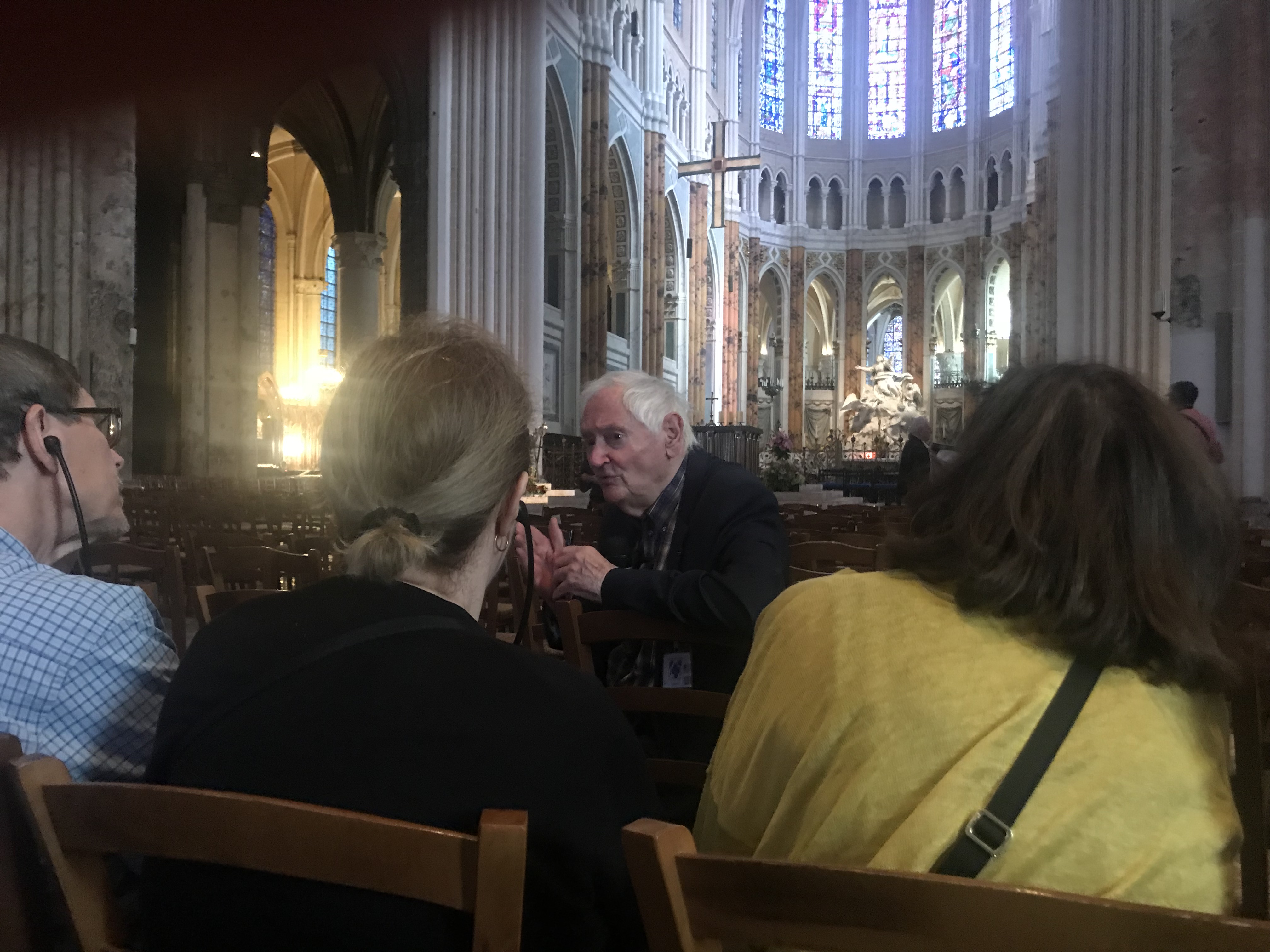
His proper style and dry humor were as entertaining as the knowledge he shared with us. We learned so much about the architecture, windows and restoration in the 90 minutes we spent with him.
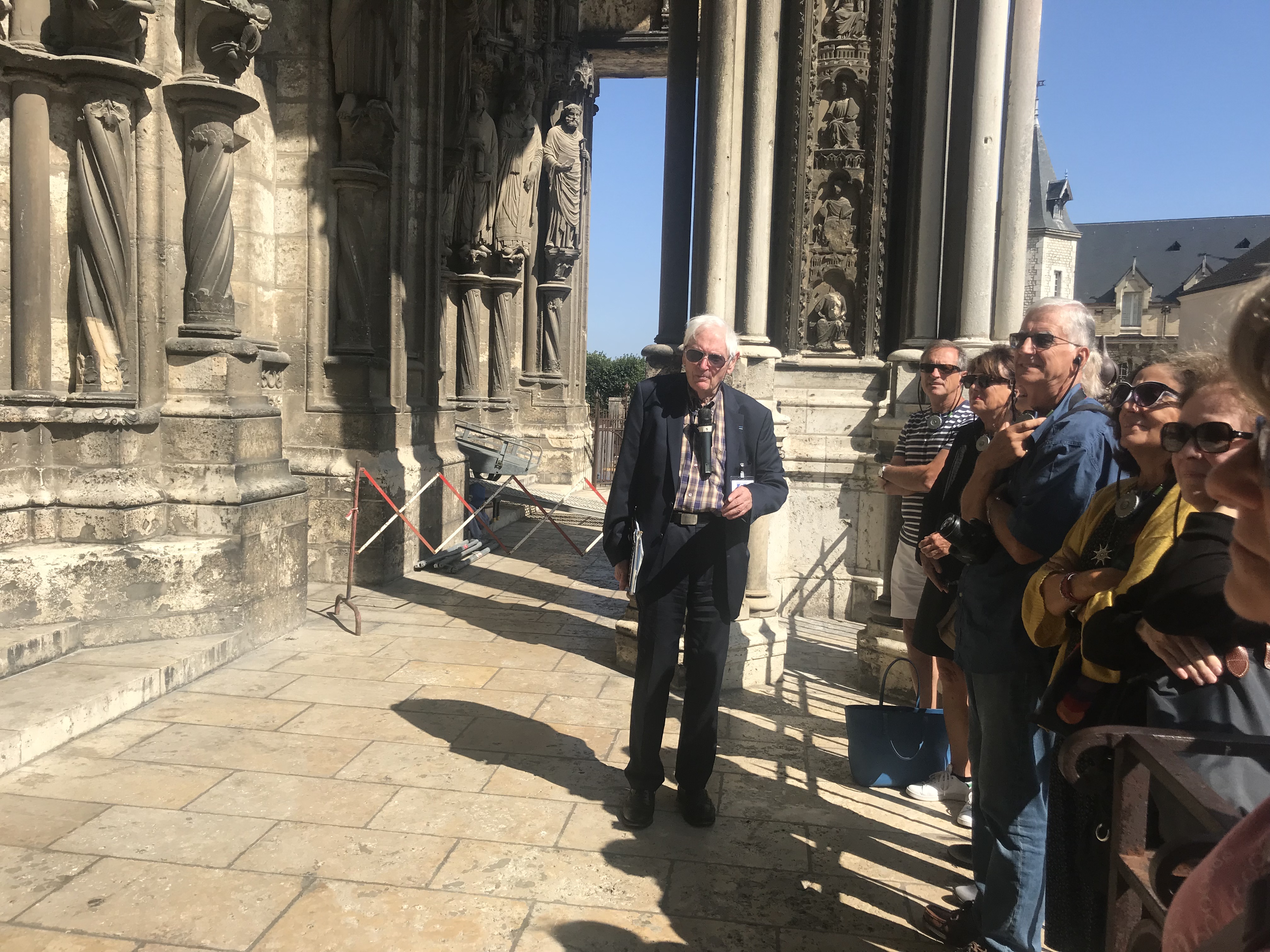

The cathedral is in the middle of a controversial renovation that is cleaning off 800 years of grime and restoring the walls to their pale ocher color. Some critics believe the renovation is removing the “patina of history”, but Malcolm Miller says, “rubbish”; the cleaning is restoring the cathedral to its original beauty. We saw dramatic before and after examples of the renovation.
